The Witcher 3: Wild Hunt was released on the 19th of May 2015. It was one of the most awaited games of that year and managed to receive both critical and fan acclaim. It currently stands as the most awarded video game in history, as well as the highest rated game on the PC platform by user score.
Developed by Poland-based studio, CD Projekt Red and using the IP of the Cult Classic Polish fantasy novels by Andrzej Sapkowski, the game is also an example of remediation in gaming which makes it all the more interesting. But is all of this praise and attention really deserved? Let’s find out!
Graphical Fidelity and Audio
Powered by the new REDengine 3 which was crafted from the bottom up to support open world games and run on 64-bit platforms with great multi-threaded support, at least visually Witcher 3 is one of the most impressive open world RPGs ever made.
One of the most impressive things within Red Engine 3 is its ability to render gigantic worlds. With an impressive geometry draw distance and an excellent foliage and tree draw distance, it manages to feel vast. Smooth LOD transitions avoid the dithering effects that might be seen in other open world titles. Tweaking the ini files can push many of those aspects further (into the absurd, hardware destroying range) but honestly even without such tricks it looks and feels massive.
One can see the towers of Novigrad, the game’s biggest city, the ancient fortresses or mountains of Skellige from kilometers away. This adds to immersion and helps players understand their position within the world no matter where they are.
Of particular note is just how complex the design can be. For example, the Cities in the game can have complex sewer system, a street level full of detail and AI simulation and still have many buildings with custom details and objects inside. All of this is done without loading screens or hitches. This is something few games have so far managed to do whilst keeping decent performance and it does feel awesome. Novigrad City itself is one of the crowning achievements of The Witcher 3, technologically speaking.
The Foliage rendering system is also very complex. The huge amount of leaves, grass, trees and bushes is staggering. It really does remind you of Crysis in a sense. The distance at which trees and bushes can be seen is vast and tends to give the game a sense of scale as well s aid immersion.
With that being said, often parts of the foliage may appear aliased or not as high quality as they could have otherwise been. Whilst the general quality is good, those inferior parts exist.
Witcher 3 is a game with generally excellent texture work. On Ultra settings, 16x anisotropic filtering as well as high resolution mipmaps and textures are in use. Characters, terrain, most important to gameplay animals and many key items look exceptional. A lot of work was done to make sure the details most people would notice or look at would look amazing and it shows. Geralt and other main or important characters look amazing, easily some of the best in gaming. Meanwhile, even third tier random peasants and guards look quite good both in cutscenes and out. However there are certain… less impressive things in the game. For example, some supposedly less important background items or animals look a lot worse than their surrounding high definition environment. We know why this is done – to help consoles as well as weaker PCs handle the rest of the game. Still it is a bit of a shame that powerful machines can not make use of their high memory pools.
Normally I would not take that as an issue at all, but the problem is that sometimes such objects are in plain sight. One example is rock textures. They do not look terrible (due to another piece of tech I will talk about in a a minute, as well as the art style) but they are noticeably less detailed than their surroundings. Also some times I have seen an NPC use an item in a scene with that item looking… rather bland. For important scenes even in the main quest as well.
However there is one thing that somewhat saves even those lesser assets and elevates the rest of the game easily. It is the enhanced materials processing system. Some voodoo magic must have been done with this part of the engine, as it really is one of the best I have ever seen. It makes wood look and feel… well like wood. Metal, chain mail, gambersons, steel plates, stone, masonry of all kinds, wax… it all looks natural. A major achievement here, I must say. These days many games seem to get how important these things are, but when this technology is so well implemented, it is a major boost to how a game looks.
The Lighting system is quite good and is fully dynamic with some level of global illumination built into the engine. Thunderstorms can and do light up the environment in an impressive manner. Post Processing Bloom and Light Shafts are well integrated and look great whilst not damaging performance. Dynamic Self-shading, DX11 Contact Hardening Shadows and Cascaded Shadow Maps are also in use. One problem I found whilst playing though is the number of dynamically allocated shadows per object. It seems to be capped to 8 which makes some complex scenes a bit less impressive.
NVIDIA’s special Horizon Based Ambient Occlusion Plus is also used. Whilst a more taxing version of the standard (but decent) built-in Screen Space Ambient Occlusion, it is also more accurate and generally looks better. It enhances the lighting especially in complex areas or indoors without hammering AMD or NVIDIA performance to the ground.
The animation system is also excellent. CDPR have used an impressive mixture of custom animations (some made manually, others via motion capture), inverse kinematics and special dynamically blend-able in-engine animations. For Geralt, they have used motion capture for his combat animations, whilst almost all other animations were either done by or at least enhanced by hand. The huge amount of special animation work for use in cutscenes is the thing that impresses me the most as its sheer quantity and quality is beyond what almost all other games (even those with 4-5 times the budget) have been able to accomplish.
When it comes down to anti-aliasing, CDPR uses some form of custom post-processing temporal AA solution. It is not bad and addresses shimmering and foliage well, but I have seen better. It is a shame that the hardcore supersampling from Witcher 2 is gone. Speaking of post-process effects, the game demonstrates a high level of fidelity here. From a very light and well done sun shafts simulation to a really nicely implemented Bloom and HDR, it all looks great. There is also Chromatic Aberration and Vignetting. Now I do not like these two effects as they remind me of broken cameras, but their implementation in the game is good and not over the top as in some other games. Thankfully, they can be disabled or enabled at ones leisure so if you do not like them – no problem, you can easily stop them from the options menu. I know I did…
Like most current day games it also has Motion Blur techniques. The post-processing implementation is pretty solid and not over the top. The game uses Radial and Gaussian blur techniques combined with general velocity-based motion blur to good effect and are quite light on the system. It can all be enabled or disabled at will. The Depth of Field is seemingly not the DX11 per object high fidelity implementation seen in games like Metro, but it is again solid and light on the system.
CDPR was smart in understanding the importance of weather in an open world title. The dynamic day and night cycle combined with many different weather states is truly a feat of engineering. Do not expect anything revolutionary here, just a solidly implemented technology that works exceptionally well in making the game world that extra bit more immersive. My only real issue with it is that nights could have been a tad darker. Rain and water can and do make things look wet in a natural way. Combined with the aforementioned physics based rendering techniques, well it looks quite good. Mists look natural enough and a lot of work has been put into the wind simulation. Seeing distant forests and bushes bend as high speed wind strikes their branches is downright amazing. Volumetric clouds are used to good effect as well. Truly top notch work here.
Water and the way it works is again nailed. CDPR used a high tessellation factor (up to 32x or even 64x) along with a a physics based simulation. It can react to wind and physical effects (such as the magical Aaard sign). How impressive it looks really depends on the weather conditions and wind speed though, as its reflections aren’t top of the line. During a thunderstorm at sea… well it is certainly spectacular as the water runs dynamic calculations and is not pre-simulated. During calmer periods it is just decent AAA video game water. I will however give props to CDPR for improving its look a bit in recent patches as better reflection algorithms were implemented.
A feature that brought a lot of ire on release was NVIDIA’s Hairworks technology. It was implemented into Witcher 3 late in its development and is used for the main character Geralt as well as certain animals and monsters. It’s goal is essentially to make hair and fur more realistic and natural. I will be honest, when it comes down to animals and all other furry creatures – it really does deliver excellent visual quality and is worth the performance impact. However with Geralt, it does seem a bit like Spaghetti hair at times… which is a bit of a shame. The normal, non Hairworks simulation used for him is really good as well though and is light on the system.
Other problems Hairworks caused (baring Geralt’s hair) were felt on older NVIDIA and almost all AMD cards as the technology relies on extreme levels of tessellation as well as some physics calculations. It basically tanked frame rates to almost ludicrous levels. However since release, game patches as well as added options into the menus and driver updates have ironed performance issues out to a very large extent. It is still an expensive feature, but now even older NVIDIA and AMD GPUs can use it reasonably well.
The physics are based on the PhysX API by NVIDIA. Thankfully, it is the state of the art multi-core CPU implementation of said technology. The cloth simulation, wind simulation and hair/fur simulations (even without Hairworks) are top notch. And when there is some destruction, it is generally excellent. It is however a bit of a shame that said destruction is… a fairly rare event. Most of the environment can not be affected by the players and is somewhat static. It makes sense from a design perspective, but it does mean that the good simulations are somewhat rare.
Now let’s address the elephant in the room – the downgrade. Witcher 3 is one of the games that suffered a noticeable decline in visuals between its trailers and its release. The biggest offenders are tied to the gutting of the advanced GPU particle systems, the less overt physics simulations and lower level of detail settings for many objects as well as a slightly less precise lighting system. Many of the other changes are mostly associated with art style and can easily be modded in or out. To the developer’s credit they did not lie and twist too much and just admitted that a downgrade happened. They also have somewhat improved many of the Wild Hunt’s aspects with patches so now it looks better than it did on release. Still, it is a shame that we lost such good looking effects, even if almost no PCs (even now) would be able to max them out easily.
Audio quality is the standard high quality, pretty good. Separate Volume controls and up to 7.1 Surround sound support are in the game. Nothing too impressive, and nothing too bad on a technological level.
Witcher 3 is considered to be one of the best looking Open World games. Whilst there are some problems within the game and I would have really liked a better or at least more AA methods (for those that can run them of course) the general game looks amazing. Its material rendering system and animation tech are some of the best in games right now, and the sheer scale and complexity with almost all other elements manages to impress as well. It did have optimization issues on launch, especially for older AMD and NVIDIA cards, but the current situations is much better.
Presentation
The game is thankfully available on most PC distribution sites. Steam has a version, the not as terrible (nowadays) Origin also has it. GOG has the game too and all retail copies come with a code for said site, which is very nice honestly. So no real issues here as there is choice and support is everywhere for all versions.
Graphical fidelity is nice and all, but it is almost always the art style of a game, as well as its consistency and range that will make or break visuals and atmosphere. Here the developers seem to have been torn on how to make their game look. Some of the biggest differences between the E3 showcases and the released game were tied to the visual style that was chose. The darker, much more oppressive tones of the presentations were replaced with a more vibrant and vivid rendition of the game world. This is subjective, but I prefer this more adventurous and lively colour pallet to the demonstrations. That way the at times gruesome events and themes can be juxtaposed to the beautiful environment even better. In fact, very often the game can look natural and beautiful… yet somehow a tad off and threatening. A hard to nail feeling for sure.
Every area has a slightly different look and feel though which aids to make them feel unique. From the slightly colder and bleaker but still beautiful Skellige to the dark and cold dungeons of Velen to the epic-looking Kaer Morhen area… it all feels a bit different yet part of a coherent whole.
Almost any open world game these days relies on some level of background AI simulations meant to aid in immersion. Whilst very few can have a real and direct impact on gameplay like STALKER’s A-Life, they are an important addition for atmosphere and world building. The Reds were obviously inspired by the Radiant AI systems found in Bethesda RPGs. Villagers and soldiers will have homes, assigned jobs, animations, background activities and dialogue. In a busy village, very few people will just stay and do nothing, almost everyone works (as they should). They also respond to what is happening around them. Strong rain may make them find shelter from getting wet or try and quickly finish what they were doing. It truly is an impressive simulation considering how many NPCs it takes care of. Apart from the sentient creatures, it also handles the animals and their life cycle fairly well. Predator and prey interact fairly realistically. Wolves may assault deer or harass lone villagers, but they run away from armed patrols of soldiers.
It is a great system with extreme scale I have never seen in a game before, but it is not an equal to A-Life and lacks some of the detail of the (admittedly for far lesser numbers of NPCs) Radiant AI.
A game’s soundtrack is a very subjective but also quite important part of its design. It is not just about quality, but also the feelings and mood the actual design can evoke. When creating Witcher 3, the developers looked mainly back at both the Witcher 1 and Slavic music. It payed off as not only does this music stand out when compared to practically all other video games, but its sound also evokes mystery and reminds people of the cultural baggage behind the game. Sounding awesome is a very good argument for it as well.
This used to be a Bulgarian Wedding song… now it is a battle theme!
The nordic themes of Skellige also impress and sound downright amazing. The Reds did an amazing job with the OST, by all accounts. The only issue I have with it is tied to how some tracks repeat themselves a bit too often. It is not an issue of quality, but quantity.
Of particular note are some of the in-universe creations such as “The Wolven Storm” – a beautiful song about the love between two of the main characters that references the Witcher novels and is sung by another, secondary character. A true work of art in all of the languages in which the game was localized.
The general soundscape of the world is also very nice. From the terrain and puddles as something moves through them to the distant sounds of the winds rustling. It does have some issues with variety still as certain areas in the game could have been done better, for example, Novigrad city.
CDPR nailed most weather effects though. Never since STALKER did I feel as if a storm was real and threatening.
Generally Eastern European games have had issues with Voice Acting in the past… at least when it comes down to the English versions. However, probably owing to past experience as well as their background, the Reds did an outstanding job on Witcher 3. The main character Geralt is very well voiced and can both express and emote normally hard to act emotions. Sardonic humor, passion, happiness and sadness were very well expressed. In fact almost all of the main characters seem to have had really good amounts of effort poured into them. The Bloody Baron and book characters Yennefer and Ciri were nailed in a nearly impeccable way and deserve special praise.
Secondary characters also sound generally pretty damn good. Some actors are reused but they really did do their absolute best on the job and most side quests generally rival many other game’s main storyline quality.
It is only at tertiary or background characters where the seams truly do not fully hold up. The actual voice work is again good, but more and more varied voices and lines are needed. Still a decent job all things considered.
This also holds true in most secondary languages. Polish, Portuguese and German were very well made as well. It is only a shame that the Russian acting, which is otherwise quite good, seems to have some slowdown and speed up issues which can be somewhat jarring.
One thing that deserves mention is the costume design. Many factions in the game have their own styles, heraldry and (apparently) unique ways of making uniforms and armor. There is something very grounded within all of their design that honestly I can not put my finger on. But it is more Eastern and Central European real world armor design (for the most part), some level of pulpy badassery and not a lot of standard, over the top or silly fantasy design. This I can appreciate.
The User Interface of the game has received several updates since release. It was never truly bad to be fair, but a lot was revamped and changed in the months following its release. Generally it consists of many different menus (that have shortcuts) that are linked by a single overview menu as well as a standard in-game UI.
The in-game UI is generally well made and can be very well customized which is good. One can (and in my opinion should) disable many of the hints as well as the automap for added immersion. Resizing and to some extent re-positioning elements is also available. Props to CD Projekt Red, customizability of the UI is a good thing as it allows us choice. For more overt changes, such as style/design players can thankfully use mods, but what we are given by default is solid.
The menus used for leveling, world navigation character changes and inventory are a more mixed bag though. They used to be terribly disorganized and with too much wasted space, but the developers did recently fix them to some extent. Whilst better, with more tabs and filters as well as a cleaner look, they are still somewhat slow to use. The extremely fast UI in games like STALKER would have been appreciated at least as an option.
On the other hand the Bestiary and Character info stuff are deserving of praise. As players encounter or hear and read about different animals or monsters, their bestiary will fill up with info. Tactics, stories, excerpts from famous people, soldiers, travelers or witchers will add flavour and world building to most animals and baddies.
The Character pages are all narrated from the perspective of Dandelion, one of Geralt’s friends and contain world, book, game and lore info from his own perspective. Something that adds charm to the game and ties it to both the books and previous games better and even helps establish Dandelion as well as the other characters. An interesting choice and I can only approve.
Recently, a books and documents page was also added where the gamer can view and read or reread what they have found. A good idea, but in desperate need of more UI filters and/or organization.
The Witcher 3 is near perfect here. With a solid and beautiful (though this is a subjective thing) art style, incredible musical design, generally excellent voice acting, lots of customization and available for purchase in all the best ways. A small, minor problem I have is that it is impossible to rename saved games. However the unlimited number of saves is still pretty neat considering that most games these days just rely on auto-saves. The UI is reasonable and has gotten better over time, but it still isn’t what I’d consider excellent.
Open World Design
This is where Witcher 3 somewhat differs from most other titles. It is a very big world, but it is not quite as dense in content as some others. The environment is built to sell the player on the physicality of the world, to communicate distance and even pace. The very feeling of getting on a horse, choosing where to go and getting there is nailed,that feeling of traveling. Verticality is smartly chosen and the game never goes unnaturally steep or seems to depress too quickly.
The vistas and paths are of course filled with details and can let the player infer things about the world and its people, but the actual act of traversing it is more important as the general game content is somewhat more spaced out.
Another interesting observation that somewhat relates to this is how the developers approached realism in the design for the world.
The extreme ethnographic details are part of this. The more observant people may notice that even forgotten, small villages at the edge of the maps were clearly made with a lot of thought in mind. From waterstops in the tiny hamlet ports, to tiny boards covering parts of the terrain where puddles form due to rainfall, every single village was modeled not just to look good, but more importantly to feel… real. That was a primary concern it seems.
For example, traveling between populated locations and wild areas has a distinct but very slight change in structure. Details and props that would be fine in a village or town do not make an appearance and one can spot details of intelligent creatures as they approach an area. Roads and crafted objects in an area are always built with stone and wood from the same area (bar those in very rich areas, where importing is possible) which is a very nice touch.
The idea that creation will follow nature’s terrain seems to have been very strong with CD Projekt Red. Very few straight lines or vertical buildings or roads … or anything really exist in the game world. Uneven terrain means that humans who lack heavy industrial machines will have to generally keep to the terrain when creating their roads or fences. People did not build roads according to what might be the quickest and most direct route, but to what is the easiest to traverse.
Erosion and how humans try to fight it is also simulated. From the logs placed on slopes, holding dirt together, to the way certain structures are reinforced throughout the game world (always trying to use the cover that terrain offers), a lot of details were placed. Even amid the sleepy farmland of White Orchard we can see signs of erosion and crumbling dirt among the river bank, overhanging and disappearing with time. Cavern formations and signs of natural activity all simply feel natural. They did manage to convince me that the rivers were part for the world long before they were part of our adventure. That the land was created through a natural, not man-made process.
One can see depressions from floods as well as how people have tried to stop them. Ancient fortifications have withered away from the wind or rotted away as they are not in use. Even things such as the coloration of pathways being different due to their sloping (causing water to build up more on that side) exists in the world. Hell, there are even a few places in the game world that suggest that Tsunamis or huge floods destroyed the land.
Seeing proof of geological processes is also quite great. Volcanic rocks and even misplaces, split pathways or landslides, slumping of rocks and rifts… it is one of the best in gaming overall.
CDPR say that they have used thousands of photos and videos as references to create the Witcher world. Their method was to create the maps as they were making and designing the quests. This has the advantage of letting the quests and events seem more … custom built in a sense. Since they could easily mix and modify the world as both it and the quests were being created.
A more controversial idea were the Points of Interest (PoI). As the player explores the world and reads Notice Boards, they will learn where certain “important” parts of the map are. Once they go to them, they become explored and reveal the type of content or travel point. Players argue that this in a sense cheapens the game’s world as it lets them know where most of the more important areas are. There is some truth to that, but thankfully a lot of secrets or quests or just interesting points in the world do not have such markers at all.
For example,Velen . A gigantic environment that had never been on good times and now lays destroyed by the passing armies as well as a huge battle that had taken place there. Remains of siege engines, blockades, muddy ground from all the men moving with their horses and carriages, the front and all that leads up to it is handled well. The rest of the area is poor, dark and oppressive as poor people try desperately to survive in a land besieged by plagues, monsters and soldiers.
It is where some of the Witcher 3’s deepest war themes come to life. From the deserters and marauders and bandits to the vast amounts of people that are fleeing north to escape the terrible hellhole, it is one place dedicated not to the glory of war, but its aftermath as the two huge armies are in a stalemate.
Forests and villages unaffected by the war still worship their old Gods and ancient fortresses, ritual sites and places of reverence can be seen. Some of the game’s best unmarked locations can be found here. A quiet straw from a simple village and you can see expertly modeled and placed relics both ethnographic and religious in nature. This incredible attention to detail is stunning considering the size of the zone.
Generally in Open World games, even really good ones one has to make certain concessions to their believability. Even if the world has captured your imagination, some level of personal canon or certain concessions have to be made in one’s head in order to imagine it as a real and functioning place. Be it adding more spacing between areas or fixing illogical design as you think of the said world. The Witcher 3 is one of the few games where I almost did not have to do that. Sure, someone may like one location or place more than another, but the world felt… real and believable on a meta-level the entire time. All of these small details, the big spacing, erosion and signs of an active planet’s internal activity bring add up to one incredible world. Telling stories, both ethnographic and personal in nature and setting up themes is just part of the master class the developers seem to have taken.
Inspirations and ideas from many other incredible studios were obviously taken. Be it Skyrim and Morrowind or Gothic or STALKER… even linear titles such as Half Life, CD Project Red learned their lessons very well.
However, whilst I will admit that I prefer this way of world creation and building more than most others, it is not objectively superior to others. Yes, quests and content deciding the size and scope of a world made everything feel… somewhat natural, true, but it also means that certain exceptionally well made and modeled areas might feel underused. Whilst that makes them feel unique, it does mean that a player may not see everything or even get to truly appreciate just how much thought was put into some areas. The way other games like Skyrim create and balance their content may appeal more to certain people. Whilst in the Witcher 3, the journey is a key part of the story and it is essentially in focus, the moment to moment grandiose moments and sense of discovery in Bethesda titles may be just as, if not more appealing to some.
I will be saving more of these comparisons for a separate article, but the point is simple enough. The Reds did an amazing job with the world of the Witcher, not entirely new design but just extremely well thought out and balanced and polished with love and attention. But it is not the end all, be all of open world design. In fact nothing is. It is just one more example on how do achieve exceptional world design.
Storytelling
One of toughest challenges the developers faced going into this project was establishing a connection to the previous 2 games as well as the original books by Sapkowski. Honestly, as far as I know, nothing of this scale and complexity was ever attempted before in gaming. Tying in 8 books and 2 fairly large and long games in a third one sounds nearly impossible. A daunting task for sure.
When it comes down to Witcher 3’s direct connection to literature, it takes a fairly unique approach. Whilst other examples like Metro generally take the source material and try to directly re-imagine it within the gaming art form (which is extremely hard as well) Witcher actually in a sense continues the already ended book series. By taking a certain interpretation of the end of the book saga, the developers have managed to take on the role of a second continuity to the series. This has the impressive benefit of making sure that all previous book events, characters, locations, themes and ideas can directly appear in the game’s story and/or are already canon. That is a monumental benefit to world design and strengthens a concept of thematic roleplaying that will be discussed later. However it also is an almost scary in scope challenge to any and all writers and game designers, as their limitations and scope are both huge.
The developers flaunt the game as a more personal story this time around. The politics and power struggles of The Witcher 2: Assassin of Kings are no longer the focus but rather the background for what is happening. The story is focused on our protagonist Geralt (an expert monster slayer) finding the love of his life and setting off on an adventure that will enable him to interact with some of his old friends and family. Definitely a tone that is slightly closer to the books and in my opinion more interesting than the political power structures in Assassin of Kings.
One of the key things CD Project Red uses to craft their stories is context. The multiple layers that both side and main quests have, as well as the very world itself are one of the game’s biggest strengths and tie to its literary background. For example the Northern Kingdoms, where most of the story takes place, are ravaged by the fantasy equivalent of a World War. This creates a need for a massive displacement of people and in turn allows for Geralt, who is already in a profession that allows him to interact with people from very different levels of the social hierarchy to get even more adventures and contracts. Emperors and kings, royalty and nobility, soldiers and mercenaries and peasants and vagrants.This level of social mobility as well as the detective work often required of some quests draws parallels to the noir detective stories.
Many themes and ideas are explored in the game. Generally, the developers looked at the book series and decided to continue their thematic threads. However some of those were… unfortunately cut. Probably due to a lack of resources but certain characters that held complex thematic content within them undertook somewhat questionable changes. And it is a shame, as themes of motherhood or destiny generally do not get explored in games much, something Sapkowski had managed to explore easily. Still, it is head and shoulders above most games.
The game’s main quest can generally be separated into 3 main acts that envelop its story beats. The first act is also probably what most players would consider to be the biggest as it slowly introduces the 3 main and biggest areas of the world (along with their side quests and activities). It is also the game at its best.
During this first part of the game, players will be able to interact with the majority of the main characters from both the books and previous titles. It is where the writing of said characters is at its strongest. Secondary stars like the Bloody Baron of Velen and his problems are both exceptionally written and deal with very tough and mature themes such as domestic violence and alcoholism. Monstrous renditions of ancient Slavic tales haunt the countryside and treat humans like cattle to slaughter, as mercenaries and armies have cause deserters and marauders and even cannibals to hide in the burned farmsteads. Velen sees some of the games most terrifying secondary villains take form. As the player progresses through the story, they will deal with much more lighthearted and humorous events too, in Novigrad. Taking part in a play, getting dressed up to an expensive highborn party. Dealing with the sometimes hilarious but often scary Novigrad underground is also a highlight as is the danger that the religious extremists and racist represent.
Later outtakes in Skellige are a lot of fun and some of its side stories (that tie into the main plot) are downright awesome. Exploring an abandoned island and piecing together how an entire force of soldiers got slaughtered is a very creepy and immersive favourite of mine. Throwing a baby in an oven is one of those moments that sound sickening without the context, but are part of some of the most interesting quests in the game. Conversely, dealing with an immortal beast, looking for a Gin or getting hammered drunk with some viking friends is all great fun.
The first act is almost perfect to me, and it is also where players will see most of the side content. Many of its choices can and will affect parts of the main story and the world. However it has a few weaknesses. The game wastes a perfectly good, very well set up secondary villain during this part and kind of … does not develop its own previously vaunted themes of racism and religious extremism to a high quality. It is there, but it just needed more time and polish. Also some problems with the game’s politics being simplified and certain goofs with the writing of some book characters (or should we say… what the world thinks of said characters) are its only problems and even then they are fairly minor considering the overall quality and sheer size of this part of the game.
The second distinct part of the game is also very good. It can be seen as a kind of climax to some of the personal relationships Geralt has. A calmer, more personal tone between Geralt and his friends and loved ones is explored and some of the most human and funniest moments in the Witcher game series are here. Truly a height for the game, and it culminates into a well made multi-stage battle against the main antagonist.
However it does have issues with representing some of the more complex book characters. It is not a problem of quality, but direction and lore-twisting… for no good reason (except maybe to be used as cheap drama?).
The final act however is where things drop off in quality. The problems of previous chapters persist and this time come at the forefront. Out of character moments that are very illogical, missteps with the until now excellent thematic focus and coherence. Some pacing issues and very questionable content in regards to the political power struggle of the region appear. The actual action is good, the moment-to-moment scenes are very good again, cinematography is again nailed by the developers, but it is obvious they ran out of time and money here as their previously excellent structure falters.
Certain characters that are brought in the final hour are misused or lack content which is a shame. Some of those were important in the books. Certain enemies that were introduced in the first part and were honestly bone-chilling evil were softened a lot here. The main antagonist has great physical presence and somewhat logical and established motivations, but is otherwise a bore. It is very sad that a 100 hour long game does not give its main antagonist more than 15 lines of dialogue(this is not an exaggeration), several of which can only be found in a miss-able side quest. Combined with an ending that is interesting to analyze but ultimately not exactly logical according to the games (and the books) own thematic direction… well I am not very pleased. Most people would not notice the many faults as the style is still here and the writing (in the moment) is very good. But it is definitely the weakest part of the game by far.
With that being said, despite their faults, the friendly to our white haired protagonist characters are very well done. Scenes of friendship, love and even some of gaming’s rare attempts at eroticism can be found with them. Be it talking, playing cards, getting drunk or going outside on silly adventures and errands, even with some problems with the books (and technically previous games as well), this is one of the best parts of the Witcher 3.
A lot of love and attention was given for Geralt too. Ironically, despite the game’s attempts at looking edgy and manly in marketing, he is one of the most level-headed and human protagonists I have ever seen, despite his sardonic humor and pessimism. Not afraid to joke around or smile, even if subtle his emotions are there to make the character deeper and more likable. Of course, your mileage may vary as he is a pre-made character based on a book series and as such many of his characteristics can not change by a lot, but if one connects to both him and his world… well the game becomes a lot better.
The game itself has 3 main endings with a variation on slides thrown in based on secondary or less important events. The main endings are all in different areas and have vastly different tones, themes and actions. I really like just how well realized these final areas of the adventure feel and are all so unique. The problem here is that the conditions for said endings are not easy to guess. In this situation, book knowledge or paying attention to certain events in the game will help a player steer the end of the series and it will tie in thematically… however if they havent done that, it might feel confusing or illogical. It could have been handled better with more context and maybe better handling of some book characters.
One of the game’s greatest strengths is how flawlessly its world and environment can create stories. Every cart left by the road, many abandoned houses, all have their own tale to tell. Fortification and siege engines, it is obvious someone actually thought how a battle (that is not seen in the game) had gone for both sides just so as to make a more immersive world.
Even the signposts that the player uses for fast travel have additional information and go into great detail about how and why whatever location they point to exists.
In the real world, sometimes small choices can lead to huge consequences, things are usually interlinked in some (often unseen) manner and sometimes huge choices… dont amount to much actually. This is the logic CD Projekt Red used when they were making the game, to include a bit of everything.
This leads to some very interesting ways of doing choice and consequence in the Witcher 3. Usually choosing things is really a choice between 2 equally good or bad options. Sometimes, the consequences of such choices can be felt hours after they have been made. Often though, there are good and “evil” ways to solve quests, even if Geralt is capable of justifying both. Really a mix and match is what worked here, choosing the lesser evil or the one option that fits your worldview.
A very cool extra feature is that characters can and will reference past choices and events undertaken during quests. Even the villagers and background NPCs can add world reactivity this way, which helps immersion.
Witcher 3 is unfortunately fairly low on classic roleplaying elements. Your character, as deep and well crafted as he is, is pre-made and has an established personality as well as history. Also, he can not really become someone else and is always a professional monster slayer with some basic but powerful spells and equipment. Sure, there are many ways to shape his specific style of combat (something that is later explained in the gameplay section) but you can not turn him into a master magician or expert combat engineer or something else.
That obviously has some pros and cons but make no mistake, it is not always a good thing for a role-playing title. Here however CD Project Red have attempted to use some of what they have gained with Geralt and the Witcher world to their benefit – thematic roleplaying.
Basically, CD Project Red use their literary inspirations to near full effect. Using symbols as well as themes from both Sapkowski’s books and the many other works they base their quests on and then framing them from the perspective of Geralt and the Witcher world, they give the player the ability to make choices and take part in a type of roleplaying that few other games have. The ability to choose (or not) and act within this context and confines is exciting. The added immersion and literary weight in effectively taking center stage in reasonably complex scenarios that often draw parallels to other works is really good.
Examples abound, from the layering seen from the choice of romance paths to the secondary objectives in the game. The first expansion, Hearts of Stone is probably the best example of these techniques, but it is a topic for a different review.
When it works, this technique is very interesting and can add to a game’s immersion, depth and bring a lot more value to its choices. References to other media isn’t even necessary, context alone can be enough. However, how well thematic roleplaying can work depends on how well players have managed to connect to both Geralt and the Witcher world, how well the context and themes are represented and whether they can be understood or appreciated. CDPR have some problems at times as it seems even they themselves struggle with the complex ideas at play (especially at the end of the game). This manner of game design itself is not for everyone, but it is a cool thing the game does despite its issues.
The Witcher books often poked fun or played with ideas and themes of other fantasy (or not) works. It is very cool to see how the game takes its own spin on a classic aspect of the entire franchise.
Secondary quests is where a lot of this shines the most. Players are encouraged to scour the world and find the many sidequests that each are fully voiced, have unique animations and often great storytelling. Almost every single one feels like part of some other game’s main quests. Interestingly, quests can be added or deleted from the player’s world depending on previous choices. It is always logical though. Near the end of all the game’s acts, some of the quests become impossible to complete which may affect future content or the endings.
The game is also not afraid to punish gamers that do not pay attention. Sometimes, not knowing what is happening around you becomes a real issue and this shows that the developers were confident when making said quests. The game never truly berates the player and often (but not always) allows for some way to at least partially fix the situation.
Some narrative sideshadowing is used to deepen stories and threads that aren’t central to the game. Coming in and out of focus, these threads that seemingly aren’t resolved have their own story to tell… but it is not one for the game. This ability to create and axe possibilities but cover it up with good dialogue and narrative design is actually a strength here.
Unfortunately, for all its attempts, Witcher 3 does not completely manage to tie in everything. Many choices from Witcher 2, some of which quite big are essentially rendered near meaningless, relegated to world lore or end up in only minor changes to the game world and a few of the quests. Nothing major at all, same for Witcher 1. The attempts to also tie in with the books can sometimes be problematic. Some secondary characters and several of the game’s main themes and characters simply lack major features or details that were key to the original work.
In a sense, trying to please everyone also means that no one is completely pleased. A few standard pacing issues and an antagonist that would be disappointing even if he did not exist (far more developed at that) in the books and Witcher 1 are it’s biggest faults which is a shame.
The Wild Hunt perplexes me. It has so many incredibly strong moments, such awesome build ups and developments… yet also has a huge amount of small problems that eventually tumble into big issues for those that pay attention. It was perhaps too much to tie in everything together, a gargantuan task. Yet when it works, it is spectacular and a true testament to gaming’s prowess as a medium. When it does not… well it is still good on its own, just faulty to those that pay attention. Still the very polish and attention to detail and ambitions is praise-worthy. And the side quests are generally extremely well done.
Gameplay
The general concept behind the gameplay is tied to an understanding of the original work. Geralt as a monster slayer, tracker and general “detective” of sorts must travel from village to village and solve problems of different types. The developers claimed to this time show us what the true life of a Witcher really is.
Due to this sticking to the source material, there are certain limits. We can not make the protagonist into a true mage or battle mage, not can he become an archer or assassin or even a shield-wielding warrior. Unfortunately, these are limits on what Geralt (and most Witchers) can do. The developers have done their absolute best to assure some levels of depth as well as variety is in the game though.
Geralt’s primary method of attack are his melee weapons. One is usually a steel sword that is to be used against beasts and human opponents, whilst the other is a silver sword that can effectively deal with supernatural enemies. Axes, clubs and hatchets can also be used but they are rarer. They do have unique pros and cons though. To be fair, the silver and steel thing is a bit simplified in the sense that in the books, not all monsters actually needed silver to be used against them and often normal weapons were the most effective. The Red’s made these changes in order to make it easier for newer players. Geralt also usually automatically knows what sword type to use in a given situation, but that can be disabled from the options menu. Repairs also need to be made or repair kits to be found and used as too much use can break a weapon.
The combat is made very dance-like in nature as powerful strong attacks, fast attacks, dodging, rolling out of danger and parrying enemy attacks need to be used. All have different strengths, weaknesses, recovery times and effects. It is not complicated, but it does rely on learning the mechanical skills as well as how monsters and men deal with said actions. That is really the key to winning melee combat in the game.
Witcher 3 itself relies on a leveling system. As Geralt earns experience, he gains levels and skill points. Those can later be used on the skill tree and better armor and weapons become available or equip-able. Some certain special items can also lead to extra skill points and the places of power that can be found in the world always give one extra skill point (as well as bonuses to certain magical signs).
Near smiths and armorers, one can usually find armor tables and grindstones that offer extra damage and resistance for a limited time, acting as temporary boosts.
There is a good amount of choice when it comes down to building Geralt for a certain combat style. The skill system is split up into 4 areas – sign (magic) based skills, sword and crossbow skills, alchemy and neutral base skills. Many of those are unfortunately, passive boosts or conditional boosts. Some however add in special powers or attack patterns for one’s swordplay and added sign modes. For example, the general igni sign that spits a wide ball of fire can be remade into a sort of flamethrower. This makes it better for singular tough targets or even more precise attacks on multiple target but makes Geralt more vulnerable. One can make the Axii sign not only confuse an enemy in combat but also open up new dialogue options or even take limited control of an enemy in combat, making them a temporary ally.
Extra gadgets will aid Geralt in his adventures. Using a torch or lantern can help with exploration and navigation. Certain special masks or items may have interesting uses and open up previously inaccessible paths.
Apart from those tools, the player can find and craft special bombs to use in combat. A very wide range of explosives all with different abilities, pros and cons. Some may be very good against one kind of enemy, but almost useless against another. Their tactical use can easily tip the favor in many fights and are generally a joy to use. Be it freezing enemies in place or simply massacring them with a fragmentation charge, blinding them or gassing them… it is very impressive visually. Some of these bombs are also needed to clear out Monster nests in the wild.
Another interesting new addition is the crossbow. It can fire an infinite amount of standard arrows and harass land opponents or protect Geralt from flying and water-dwelling monsters. It can also make use of found, bought or crafted special bolts. Be it split bolts, tracking bolts or even good old explosive fragmentation bolts, the crossbow is an interesting idea and a cool way to solve the water and air enemies. However, in the base game it is also a tad… too specialized. You see, unless you use special ammunition (and even then) it is just too underpowered when compared to the swords or signs. Apart from stunning or bringing down air oponents and sea monsters, it is generally almost useless. Of course, higher level and more powerful crossbows exist but even they arent a huge boost towards its usefulness.
Items generally get split by both level, item type and item quality. The best are usually the Witcher gear sets or the Relic items and one should watch out for them.
Geralt can use only 5 magic spells called signs. Igni is a direct sweeping fire attack, Quen is basically a shield that can protect you for a certain amount of time or set amounts of damage. Aard is a telekinetic thrust that can stun or knock down opponents, Yrden is a magical trap and Axii is a telepathic charm that can stun or confuse enemies.
The Reds looked strictly at the lore when giving Geralt these signs (though he knows a few more) and they are powerful but extremely simple forms of magic. The problem is that they are … only 5 of them in total for Geralt and he can not learn new ones. Knowing this problem, the developers decided to instead add some more depth to them as well as make them do multiple things.
For example, Aard can also blow out any existing fires, blast open poorly secured doors, or punch through cracked or damaged walls as well as stunning or punting enemies. It can even deflect arrows. Certain enemies may have Frost armor that could be weakened by Igni, explosives may also exist in the world to be set ablaze. This means that the limited spells can all have multiple uses which effectively helps their depth. Add in the unlockable secondary modes for all of them to the mix and the game does fine overall. Despite this very good use of limited gameplay mechanics, the fact is that other titles still may have more capabilities in this aspect.
CDPR has used matrices to create and balance many non-special items. Whilst most of them have a certain set value, a level multiplier will determine and boost/devalue some of their statistics. This way, there is a difference between a Novigrad sword from the start of the game and one found near the end. This is a pretty artificial way to set items to be frank even if it makes sense from a game design perspective. It is not a real issue in general but it can be a bit weird if one stops to thing about it.
Alchemy is a very interesting thing. As the game progresses, potions, oils and decoctions can be found. Those are key to the Witcher lore and are needed for the many builds or powerful abilities. Decoctions are crafted with items from the many powerful monsters Geralt may kill during Witcher contracts and offer powerful bonuses for a long amount of time. Potions usually don’t require too many special items to craft, but they have upgrade levels. Their bonuses can be key to many fights in the world. Finally oils offer a passive boost in attack damage (for a limited number of strikes) when applied to the proper sword for a given scenario.
All potions have a limited amount of uses but all that is required to refill them is some alcohol in Geralt’s inventory and a bit of rest. They also fill up a toxicity meter, which can damage or even ill you if it gets too high, which means carefully choosing potions is vital. The power of alchemy and its depth is quite interesting, as it directly ties to all other combat abilities Geralt has, be it skills or signs, bombs or swordplay.
Crafting items requires blacksmiths or armorers that can be found in the world and one needs both the money, items and schematics to create them. The NPCs themselves may sell certain items and offer repair services or Gwent matches and background information (be it for the world, their factions or quests). When late game armor is crafted or upgraded, it can become a bit of a busy work finding or buying the components.
Another very important element of almost all games is the AI and how it can directly interact with the player or other AI characters. Here we have both good and bad news. The general combat AI is decent, with sentient, armed opponents trying some level of group tactics. They will do their best to surround the player and engage quickly and viciously without waiting for each other in turns. Those with bows or crossbows attempt to stay away and harass as shield bearers attempt to pin down their opponents. Heavy weapon wielders with warhammers or axes will engage directly with support from leaner, lighter weapon wielders. The rare magic users as extremely powerful and need to be taken with caution as their attacks are both damaging for their level and hard to dodge.The problem here is that whilst they usually do a decent job at executing these things, it is often imperfect navigation and awareness that makes them turn into easy kills.
Group monsters and animals are obviously not as smart in their tactics but they generally attempt the same things – overwhelming Geralt. Wolves in particular can be very dangerous as their speed and agility is impressive and their group AI can make them powerful enemies. However navigational issues can and still do seldom appear. Not getting them stuck mind you, but confusing them for a few seconds or stopping their charge and attacks.
Individual monsters and animals usually have more special, custom AI and attacks. Some of them can work with groups (dreaded Leshens and annoying Water Hags come to mind) fairly well but most are either outright boss monsters or tough/interesting normal enemies.
Getting enemies (or allies) to face one another happens semi-regularly. Unfortunately, due to leveled statistics and secondary special attacks, things are often pretty one sided, but it can still be of benefit for Geralt’s survival.
The actual NPCs that often escort or are escorted by the player are well designed. They move with Geralt’s pace which was a very good idea. Usually they have attacks as well, sometimes extremely powerful but at other times they act only as a distraction or just stun the enemies. That is still very useful, though.
One of Geralt’s special abilities are his heightened Witcher senses. By focusing on his surroundings, he can spot things experienced, normal human trackers would be hard-pressed to see. What in essence this means is that important details in the environment are highlighted on the screen such as tracks, broken branches, trails, blood, signs of disturbance etc. As Geralt interacts with them he often makes comments and observations as he connects together what it was that happened or explains the situation as he sees it so far. This ties into the Noir detective inspirations that the game (to a certain degree) has and is generally a good deal of fun or at least interesting. However it can become somewhat repetitive as a mechanic hours in.
One cool attention to detail the Reds added though, is how Geralt can hear and locate animals or enemies from far away using his Witcher senses. One can hunt with their crossbow or find monsters hiding in the thick bush or dense and dark forests by using his Witcher senses. Pretty cool feature and can help a lot for those that play with less UI details enabled.
The entire movement scheme from the Witcher 2 was remade. Now Geralt can jump and roll at will. Sprinting or pulling oneself up and jumping proves valuable in exploration as one of the new, central gameplay features of Witcher 3 is most certainly traversal. Be it to chase down NPCs through crowded streets or thick undergrowth or simply complete some of the mountain range routes… it is a definitive step up from Witcher 2.
Here Witcher 3 received an update as well. As many fans did not like the (admittedly) sluggish and heavy controls that Geralt had, the Reds introduced a second, alternative and more responsive way of moving. They thankfully kept both movement settings, as some players got used to the old settings or actually liked them for some odd reason. I prefer the new one as exploration is a lot more fluid with it.
Fast Travel is also in the game. It can only be used from certain points around the world, usually signposts. This has the positive that the player will probably have to move around a bit in order to get to certain areas even if they want to use fast travel, and it aids somewhat in believability of the world. The vistas and events, it all ties in together this way. However it can get tiresome in case crafting and/or components are being scavenged and used up…
Geralt’s horse, Roach (Plotka) makes an appearance for the first time since the books. She can be called in with the press of a button and spawns from an off screen location.The mare can be used to quickly move through the game world. She can jump, walk, trot and gallop. Trotting and walking do not drain her stamina but are obviously slower. She can also be left to simply follow the road automatically if the player is feeling lazy.
An enormous amount of detail was thrown into Roach’s representation. She has a fear level that rises as Geralt is in combat or is being pursued. If it fills up, it is very likely to get thrown off the saddle. She can also kick enemies (or anything else really) in self defense. The developers gave her some level of AI in order to do all of these things on her own, and when not mounted she can go and look for places from which to graze or rest.
There is an issue though as this same AI that gives her character is also often very annoying. Attempting to model a real horse has come with issues where her AI detection (which tries not to hit obstacles or jump from cliffs) makes her hard to control. Sometimes jumping over a simple fence may become … an adventure in itself and getting spooked by a bush is both funny and infuriating. Also her spawning off screen may cause issues where she gets stuck as she neares Geralt. Nothing that can not be fixed but can ruin immersion. One may also ask themselves how it is that this horse can teleport over oceans in a matter of seconds but concessions have to be made for gameplay.
Upgrades in the form of newer and better bags and saddles as well as blinders can be purchased, found or won in quests.
One of the most talked about features in the game is the introduction of Gwent. Made in a few days by several of the developers, this collectible card game inside the game world is quite the treat.
As Geralt explores the game world, he will have the chance to find or buy or win Gwent cards. All of these cards are based on book and game characters from the world of the Witcher and contain some often humorous or iconic quotes from said characters. The cards themselves have special abilities and/or statistics that can be used during a Gwent game. Further diversity comes from the 4 base faction in the game – the non-human Scoiatell, the Monster decks, the Northern Kingdoms deck and a Nilfgardian deck.
There is a surprising amount of depth here. As you collect cards, make better decks and choose and create favorite combinations. It really somewhat feels like a good old collectible card game. In fact, the Gwent thing went so far that CD Project Red are now creating a new, standalone Gwent game for PC and consoles. Of course, hopefully they will re-balance the whole thing as whilst its concept and depth are quite fun, in the Witcher 3 there are ways to easily ruin its balance or take advantage of certain abilities and the (otherwise decent) AI’s inability to adapt well to advanced tactics.
There is a tournaments and some quests dedicated to the thing (with multiple ways of being solved, if you do not enjoy the game of course) as well as other times where a match can help Geralt on his journey one way or another. All of that is great fun and inventive game design, but the oddest thing here is just how much of a humorous breaking of the fourth wall this entire game within a game is. Here are soldiers, drunks, nobles and politicians having fun with a collectible deck-based card game which uses characters from their own times as units. It is a lot of silly fun seeing Geralt play with Geralt (the card) against some drunk that is using a Monster deck lead by the main bad guy of Witcher 3 (whose name should not be known by a peasant). It is goofy and silly once you think about it, but as characters in the world take it seriously… it somehow works.
A pretty wide and inventive amount of other secondary and tertiary content was made for the game.
One such example are the horse races. Each region has their own competition and champions. The player can challenge them and receive both monetary awards and equipment for Roach. The actual mechanics are not hard at all and winning is generally very easy. Just get in the lead and then make sure to push back the other contenders as they approach you. Keep an eye out on some possible foul play in and moderate the horse’s stamina and all of the races are very easy to win. A fun distraction, and CDPR’s writing team again uses context to make the races and competitors more endearing, but the mechanics are lacking in real depth and challenge. Even the hardest races are easy. It does take you through beautiful environments though as the track design is neat. Some races are also possible paths in side or main quests which is a nice touch.
The fist fights function in a similar way except they only give money. Possible parts of quests or ways to influence people and gain fame. Whilst harder than the races, they too are somewhat simple to win… most of the time. Blocking and hard attacks, good rhythm are all rewarded here. Once again, the Red’s do a good job at giving context and humanizing the opponents. Sometimes throwing a fight or making a deal with the enemy or a third party can net more rewards. There is higher variety than with the racing as some of the fights… get weirder and weirder towards the end of the game. In a good way, it is all played for humor (dark or otherwise). Once again some secondary or main quests may have such options so your experience from these activities may come in handy.
Another such activity are treasure hunts. These can generally be activated in numerous ways, be it reading notes or diaries to simply exploring the world. Some of these are very short and direct, leading to some loot and a short story or extra piece of lore. Others, like the special Witcher School gear are often multi-level world-trotting adventures that can lead to many differing areas and engage in fairly complex stories being told via the environment as well as the maps and forgotten messages. Often puzzles or epic monsters may guard the next piece of kit, making it that much more exciting.
There are also variations of these hunts that can be even shorter and simpler. Many of those can be found in Skellige as sunken treasure or Smuggler’s caches. Some are decent loot and can be fun, but the developers went overboard with them in that zone. Not very good cheap to implement content, unfortunately. I mean, diving in for those a few times is somewhat fun and exciting, but doing it 300 times (exaggeration) is just too much.
There are also Guarded Treasures and Spoils of War which generally have some environmental or written lore.
Other lesser activities include the monster nests. Those are very simple and basically have the player clearing a certain small area of the map and then throwing bombs in order to destroy the nest for good.
Its direct equivalent are bandit/marauder/pirate camps. As the aforementioned enemies are killed, their camps can be searched for useful stuff. Adding in notes to these people is a good attempt from CDPR to flesh even these people out just a bit and sometimes, they may lead to a treasure hunt.
Monster dens are somewhat similar but can be bigger in terms of content and elements of exploration and storytelling with them. Sometimes they may even become parts of unmarked quests or lead to other smaller dynamic situations with tertiary NPCs.
On top of all of that one can find persons in distress. People taken hostages or simply locked in a cage can be freed. Very often the reward is actually unlocking an extra merchant, blacksmith or even barber for a given area and may make the village those people belonged to look better towards Geralt. Of course piecing together how they got caught is also a lot of fun and may provide insight to the world.
Abandoned sites are somewhat more major though. These villages or hamlets or work areas had their local populace resort to fleeing due to a certain threat. Sometimes they are fairly complex, multi-stage battle zones, liberating them will not only give Geralt some loot and money but also make people go back to their homes. This in turn unlocks possible merchants or smiths. It has a more major impact on the world in a sense. Trading caravan routes may change and small extra quests can unlock this way.
All RPG or semi-RPG games rely a lot on their dialogue systems and/or trees. Witcher 3 is no exception. Dialogue choices are often split into decisions and simple talking. The player this way can know when to continue or how to steer a conversation. Do know that sometimes, the actual sequence of what you choose to say will have an effect further into the dialogue and steering it entirely depends on how well the player can understand characters and read situation. This is a very good idea from CDPR that I applaud. Apart from that choices for Gwent, haggling for a higher reward, buying something or using Axii and bribery are marked as well.
Knowing what Geralt will say is often not an exact science, but in the vast majority of the time, the descriptions are very good and convey context as well as intent. Sometimes, there will be limited time to decide what to say or do. Failing to react will make Geralt choose one at random. Unfortunately, the times where saying something stupid or silly will get you killed are very few and far between in Witcher 3.
The balance of the game is where some problems arise. As Geralt gets points to upgrade his skill as well as better equipment, the title still has some overpowered builds. At later points in the game, bar the occasional high level group or powerful boss, the game is just kind of easy.
One interesting new option in the game that may alleviate some issues is the enemy level upscaling option. Many players that liked an extra challenge were found modding upscaling mechanics in the game so as to make even early game enemies more exciting. The way it works is that all enemies of a lower level than Geralt are brought up to his level and heir health and secondary attributes become competitive once again. Of course, their AI or special attacks remain the same, so late game enemies are still a tad harder than their earlier brethren even on equal levels, but it still makes a difference and is a lot of fun. It can be toggled on or off from the options menu at will and higher level opponents are not touched in any way.
Finally, I need mention that sometimes you get to play with another character during some main missions. Giving too much would be a spoiler, but the gameplay is a bit different and a lot of fun. Though since the bursts of playtime are smaller and for linear missions, the depth is a lot lesser than when using Geralt.
One may notice that gameplay is often affected or very directly dictated by the lore of the game. Attempts at bridging the gap between storytelling and what a player is doing have been made and I think that for the most part – they work. The moment to moment gameplay when on a quest is dictated by the story, when in the world exploring (which in itself is gameplay as well) it is the design as well as lore of the land that dictate it. Great for immersion honestly, but it does limit player choice and expression somewhat.
The Witcher 3 is a very fun game to play and the developers have tried their best to make it not get repetitive even hundreds of hours in. However one of their biggest problems ties into the way the world was created. You see, enemies are usually of a certain level in a region. That does not seem like an issue, but very often wildly differing regions of leveled enemies will be right next to one another. A swamp that is generally levels 6-10 may have several high level 20+ monsters and those can be near impossible to kill or simply take too much time (and repair kits) for you to bother. Now the idea here was to let the player always traverse the map and find new challenges or even have places where they can easily slaughter lower tier opponents for fun, whilst making a mental map of where the “boss” monsters or soldiers are. Technically it works and it offers the chance for some epic fights where a big 5-6 level gap in power can make a brawl more exciting or turn into a completely one-sided bloodbath, but not everyone will appreciate this design as it often can make no sense or even appear sloppy. The Enemy upscaling option I talked about earlier can help at least in making lower level opponents more of a challenge. It is completely optional to use.
Better than the sum of its parts honestly. Every single gameplay element is well designed, make no mistake but some are either too simplistic or suffer from other issues. The way it all ties in together is what matters and on its whole, it is good. Depth comes from the way multiple systems interact, not the actual systems themselves. Players can create many differing builds and even modify the core gameplat experience, but still, other RPGs may have more total gameplay variety.
Lasting Appeal
The game is simply huge in terms of content. Completing the main quest alone would take somewhere around 50 hours and all the side content together will easily add up to more than a hundred hours. There is a lot of stuff to be discovered in the great big world of the game and it definitely delivers vast amounts of playtime.
Adding to that CDPR also gave away some free DLC for the game that can now be downloaded as a single bigger pack. To be fair, many of those aren’t exactly huge content, but any added extra is appreciated. Several are cosmetic changes for characters in the game that can be activated or deactivated in the main menu. One adds a more epic version of certain Gwent cards (visual differences). Several more add some cool items in the game world or extra beards and hair styles. However the really good ones were the extra quest mini DLCs. Several more quests as well as a scavenger hunt for a powerful Witcher armor set add around 2-3 more hours of content to an already large game. Decent quality content at that.
The crowning achievement is the New Game + DLC though. Adding this into the game, CDPR allowed for some added replayability. Basically, once a player has completed the main game, they can start a new game with almost all of their items and skill points intact, choose another difficulty and have a new go at a level-scaled replay of the game. There is no New Game ++ option though.
On top of those small but appreciated DLCs, the Reds recently released the last of their two expansion packs for the game. And this is one of those rare cases where we can really talk about something that deserves the title – expansion pack. The first one is around 15 hours for all of its content and the second is an added 30 hours. They deserve their separate reviews though, as they are… quite different in many ways to the base game.
The game generally rewards replays. Seeing how certain quests and events that are tied to them play out, picking different choices and experimenting with gameplay builds is a lot of fun. The additions to gameplay options and customization also help here as one can to a decent degree modify their second playthrough to their needs and tastes. The New Game + option also comes into its own here and the developers did not pull a Fallout 3/STALKER on us as freeplay will start after finishing the game.
Unfortunately, when we reach to the modding part… well things are a tad worse. CDPR promised editors prior to the game’s release and they did give us some tools. The problem is that said tools plus their documentation only allow for minor visual changes within the game. Honestly, this is their biggest mistake on the game by far. Not some silly graphical downgrade but missing out on the huge potential of the modding community.
Still, with the limited tools and some good old fashioned tenacity with the game files, people are making mods for the game. Most are general tweaks and re-balancing type mods. Some add items or gameplay mechanics. There are a few that tweak the visuals of the game in a rather impressive manner. You can change the style of the game to more closely resemble the E3 presentations. It is a far better situation than what most other modern AAA games get, make no mistake, but it is a far cry from the modding communities of Fallout or S.T.A.L.K.E.R, which is a shame and I truly hope CDPR understands this going into the future. Modding matters, it is something Valve, GSC and Bethesda understand, value and support. And that same support has been recouped many times over.
The overall content you are getting when buying Witcher 3 is huge. The value is there for everyone that enjoys the title. Added benefits from the free DLCs and Expansions really can help, and the soon to be released Complete Edition of the game seems to be even better value (that will be covered in the BaW review).
Most interestingly, Witcher 3 stands as a very good way to experience different art form. It is here that I see its true long term value (both artistic and otherwise) to a player. Reading the original works from Sapkowski and then experiencing this growing in quality video game series was a very awesome feeling not many games can give me. Sure, they are technically separate continuities, but the way it all ties into one single great experience is very valuable.
Conclusion
And so concludes this very long review of a really big game. My overall impressions of the Witcher 3 are extremely positive. It is a title built with almost obscene levels attention to detail and a huge amount of love both for the Witcher books and world and gaming in general. It has many faults, but the simple human care to this work and the level of remediation shown in it has managed to win me over.
When it triumphs, it does so splendidly, building some of the best characters in gaming and some of the best side quests I have ever seen. Its open world is one of my favourites right after the Zone of Alienation. Its deep and complex themes and as well as Slavic soul just makes me love it more. Still, it was also a cold shower, as even with all of this love and care put into it, the gap between it and the later books written by Sapkowski is simply huge.
I can recommend that everyone tries it or gives it a fair shake (after they have read the books, best way to experience this series) as it deserves it. It is not a bad direction for games to take on at all… but it is definitely not a perfect creation and not for everyone. Yes, it gets complex thematic roleplaying and choice right and it is an awesome experience of remediation, but its classic RPG elements arent very developed or as in depth as some other games. Many choices of its design were developed quite well but they are not for everyone. It is a game about playing one person, and whilst there is a lot of choice in how to do that, it is generally the entire scope of the title. And that is fine really, it is good for games to offer different experiences. That is part of what art does after all.
Nothing is perfect. Witcher 3 is littered with issues both big and small, but the overall game underneath them all is exceptional, warts and all. Reading the books and later playing their games was just as special for me as it was with the Metro franchise. It is not the end all of the Action RPG genre, but lets be real here… nothing is.
Graphical Fidelity and Audio: Witcher 3 has some of the best overall graphics out of any and all open world games on the market. A lot of its tech is without equal in the video game world and should be used as an example for all comparable future titles. However the fact is, there are spots that are rough or look worse than the rest. The downgrade fiasco is also real, even if CDPR were fairly honest with us in the end and gave it straight. Still, quality should be rewarded and here they did exceptionally well and its current day fairly optimized and beautiful state as well as excellent engine is worthy of applause. 19/20
Presentation: One of the best worlds in gaming, with a solid art style and incredible attention to detail. The game is available from many places and is quite bug free considering its size and scope. It does not get even higher simply due to some audio problems and the UI’s slowness. Yes, said UI has gotten better, but it still isn’t excellent. 19/20
Storytelling: Some of the best writing in gaming with an accent on deep thematic stories. Multiple layers of storytelling referencing both Slavic and middle-European folklore, works and tales. Geralt shines as a protagonist because this time, the developers managed to capture him really well as they did his friends and family. With excellent secondary and tertiary quest design, almost over the top levels of world building and an extreme reverence towards the source material – Witcher 3 is a masterpiece. However, with that being said it also has serious pacing issues near the end and some characters and themes were gotten wrong or were absolutely gutted when compared to the books. With a weaker political aspect than Witcher 2 as well as a extremely underdeveloped antagonist, it still has issues. Add to that a weak save import and many of the choices of the previous games being… somewhat light on effect and we rack a good amount of issues. It can not (obviously) stand as an equal to the books, but as far as gaming goes, despite all its numerous issues both big and small, it is great 19/20
Gameplay: Everything was chosen here to convey what it is like to be a Witcher, specifically, Geralt of Rivia. From the dance-like melee combat that relies on parries, dodging and different combinations of attack to the hand-made bombs and crossbow bolts and sign magic. The developers wrestled with the core book concept of the profession and did very well creating many inventive ideas to spruce up the entire experience. Still, it could have been even deeper overall. Only where systems interact with one-another does it truly shine. Gwent is a lot of fun too, even if it is super silly. Exploration is handled very well and so is secondary content 17/20
Lasting Appeal: A gigantic game with some added content, customization and that invites multiple replays. This is how it is done and a lot of praise goes here as it simply is worth its asking price and then some. Whilst it has a modding community and some decent content can be found, the fact of the matter is that it could have been even better. I hope the developers learn from this and include more and better tools for modders next time. 18/20
Overall: 92/100 
Read the books by the way
Here are some related links about Witcher 3 that I find interesting:

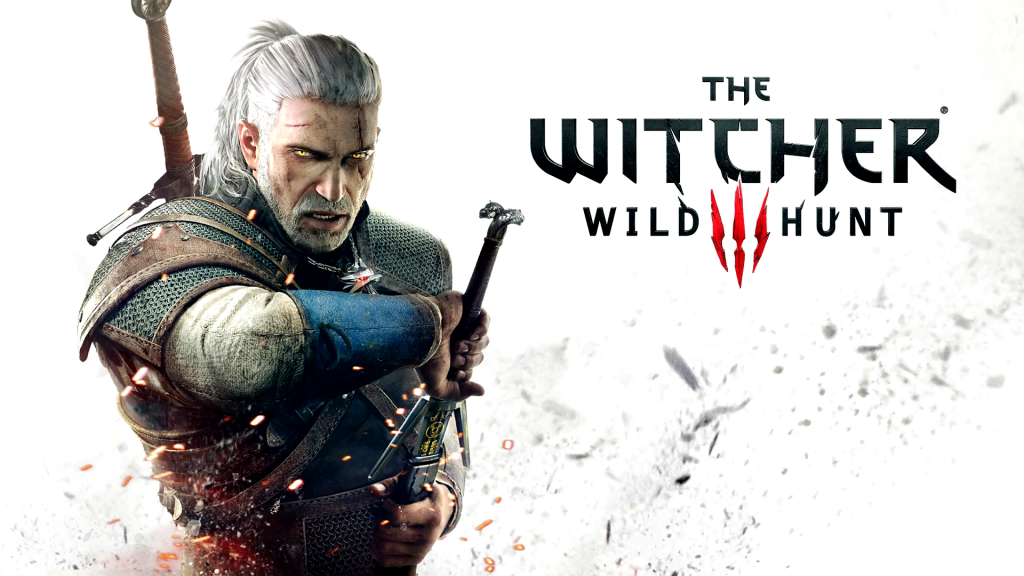
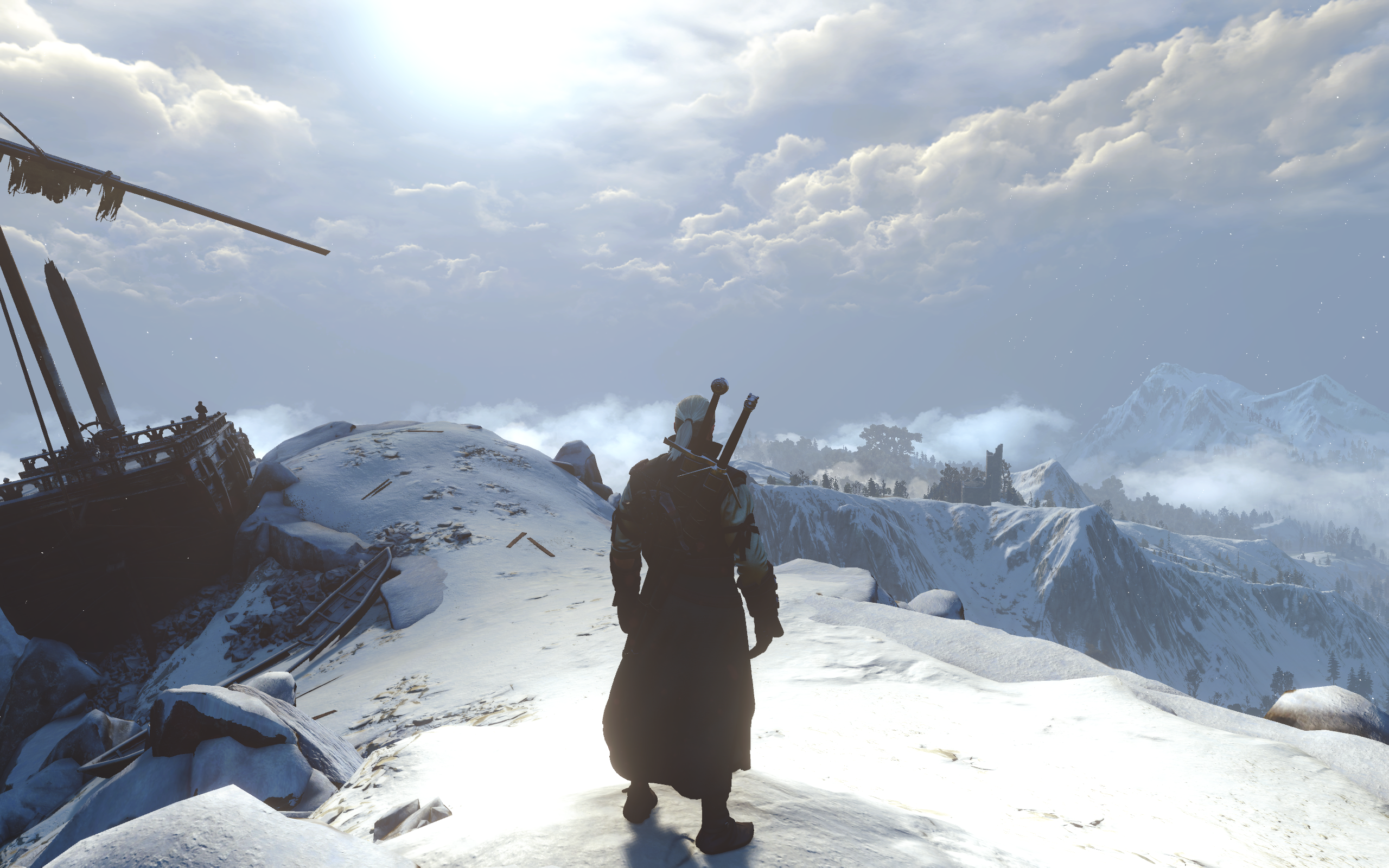
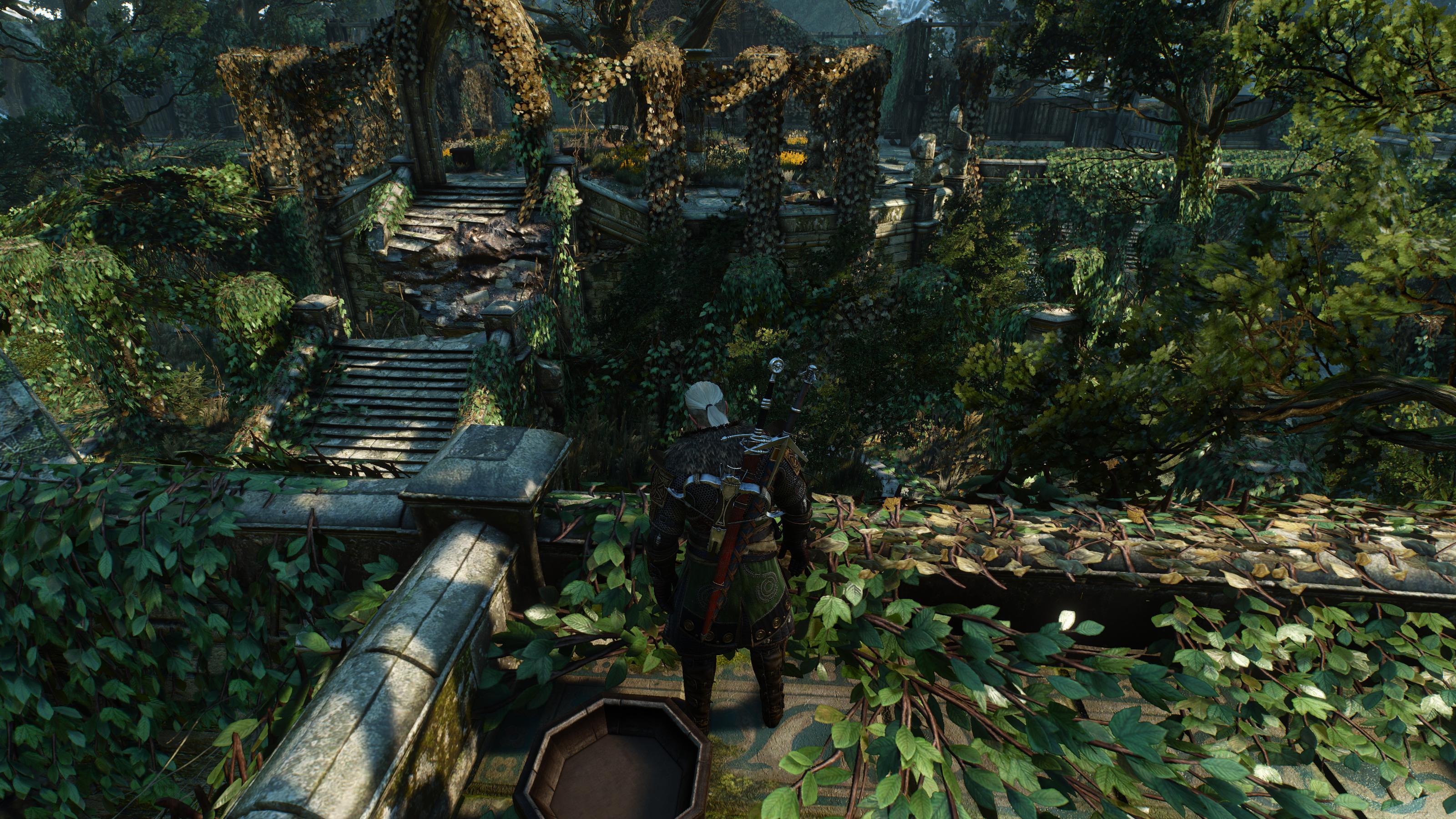
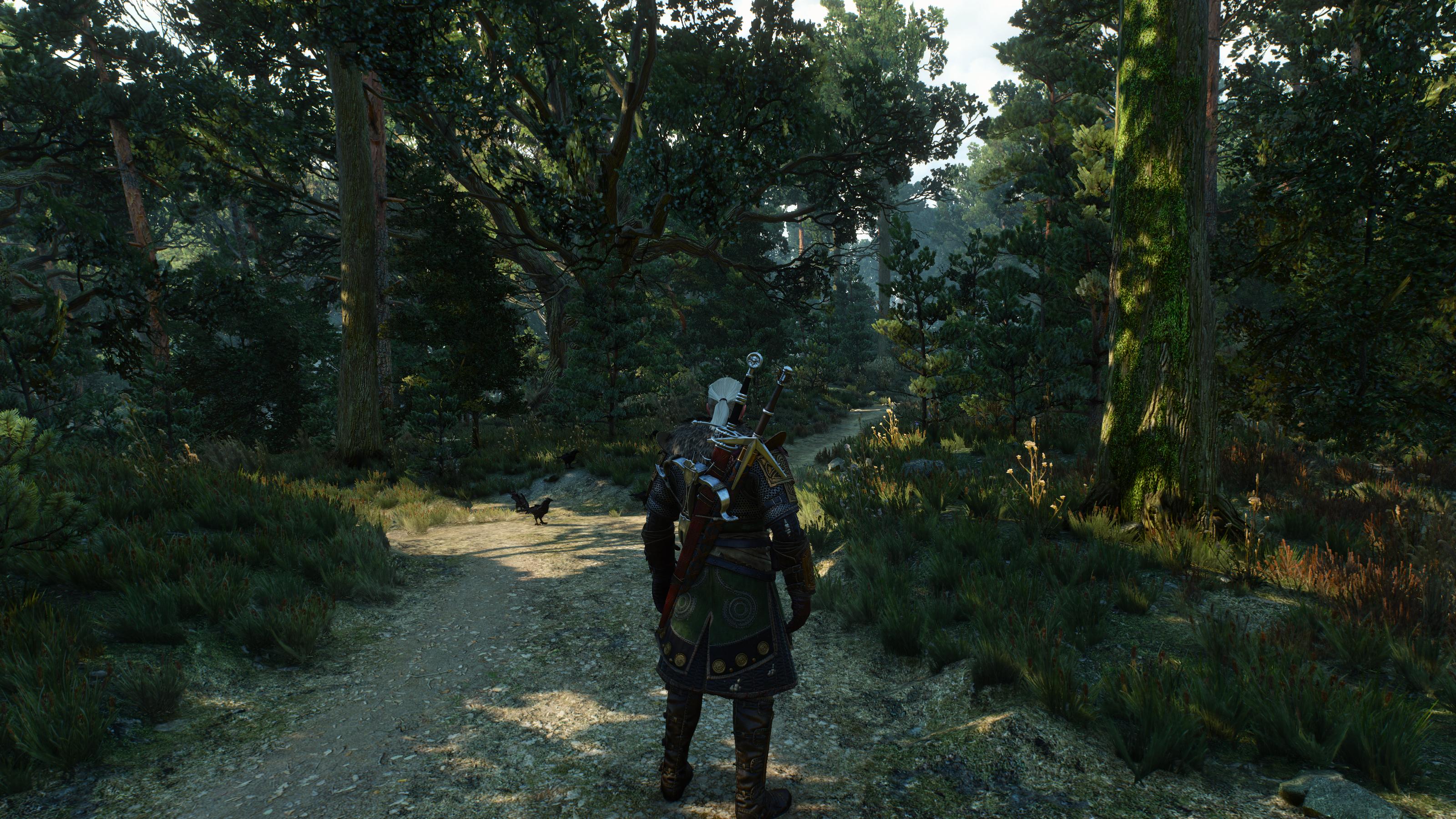

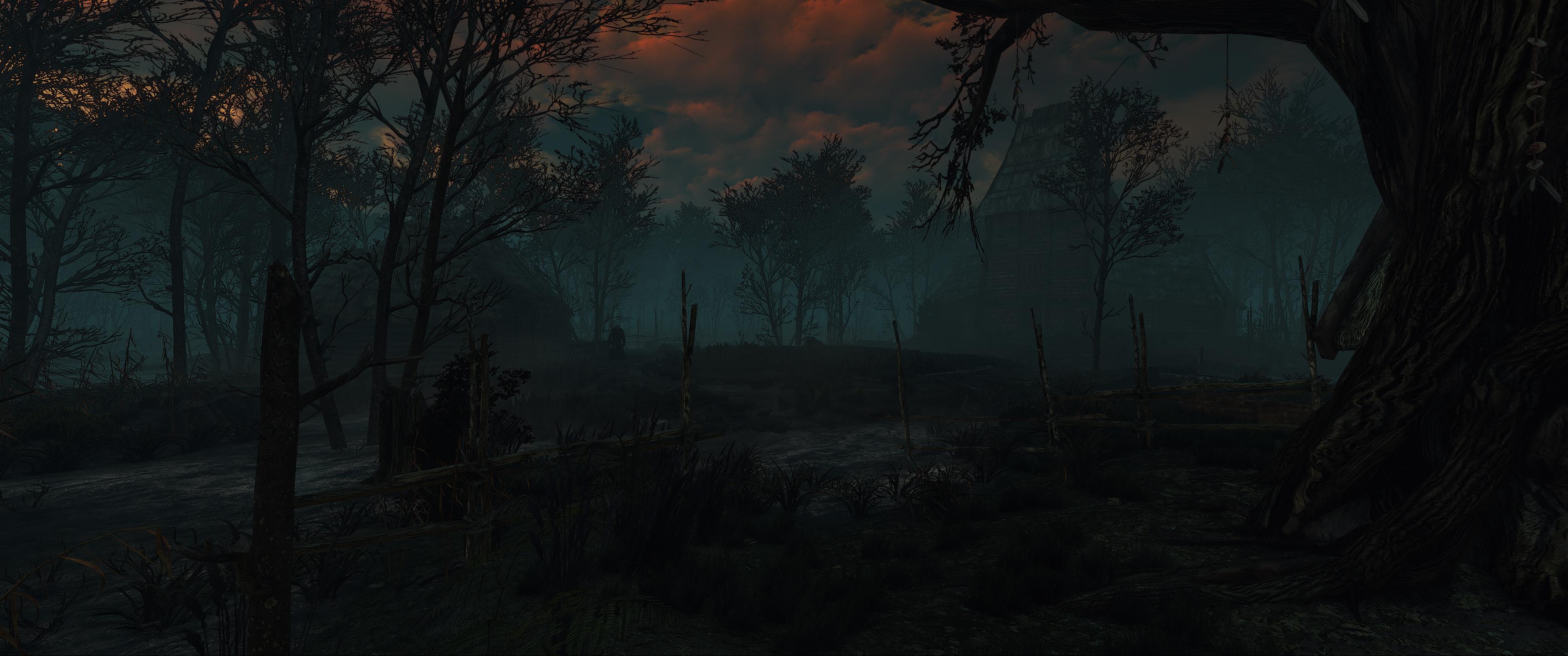
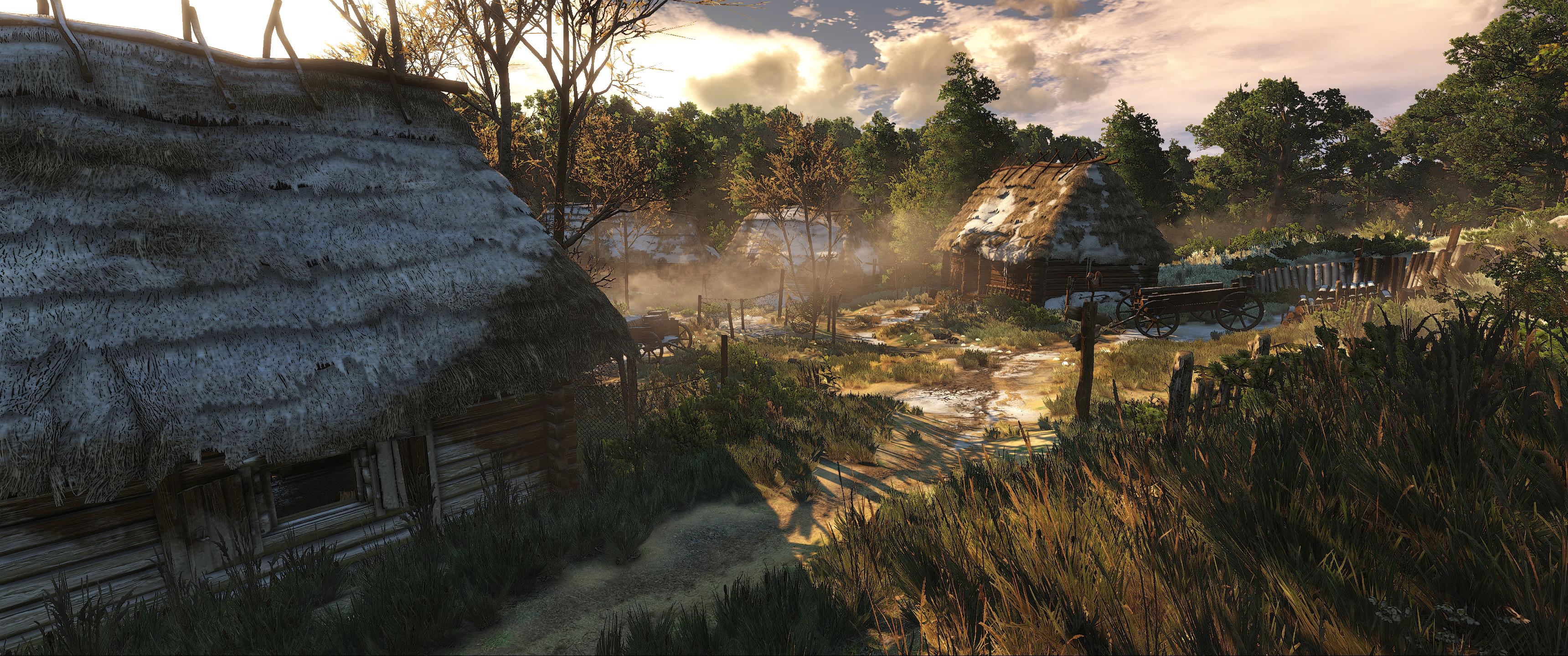
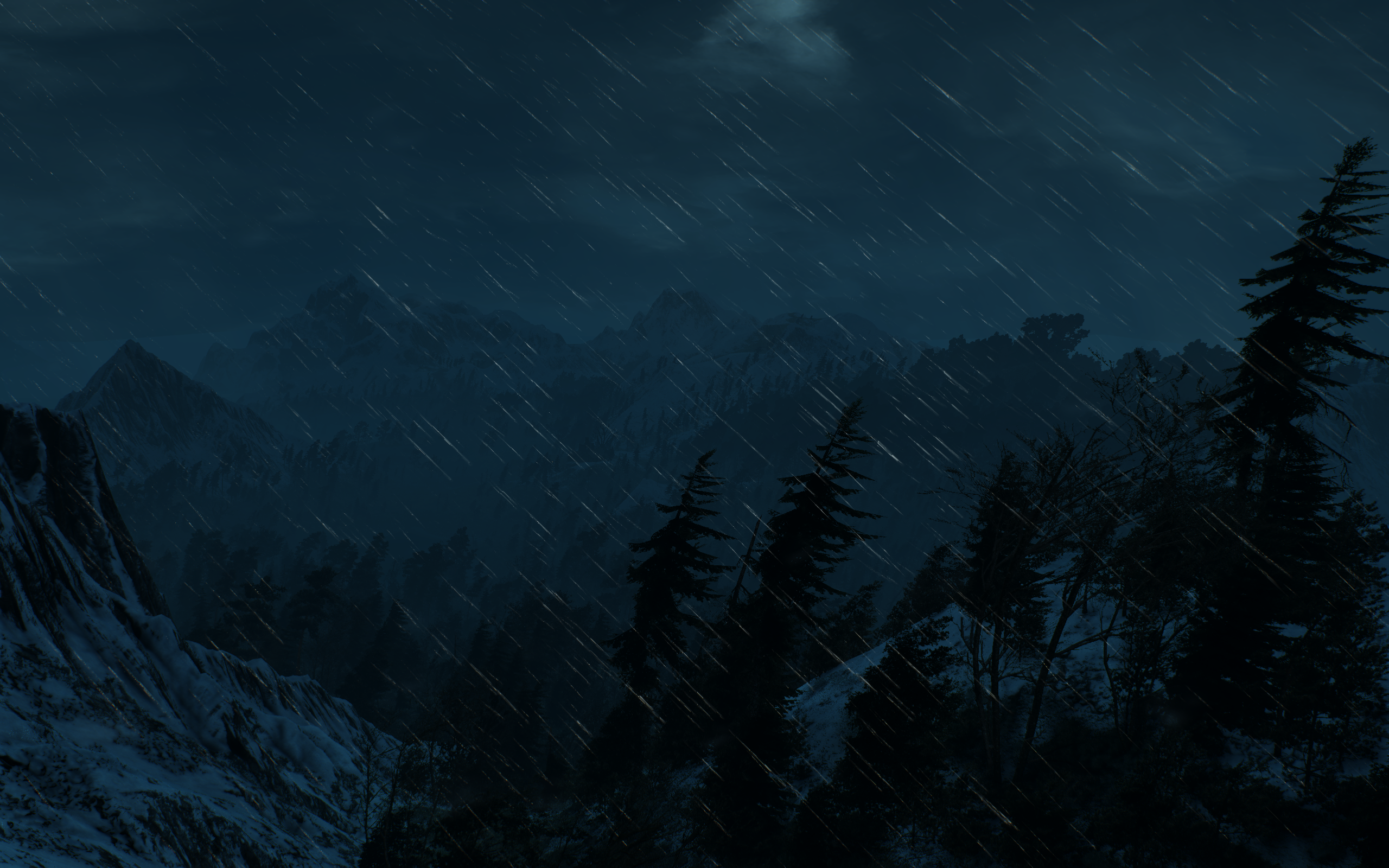
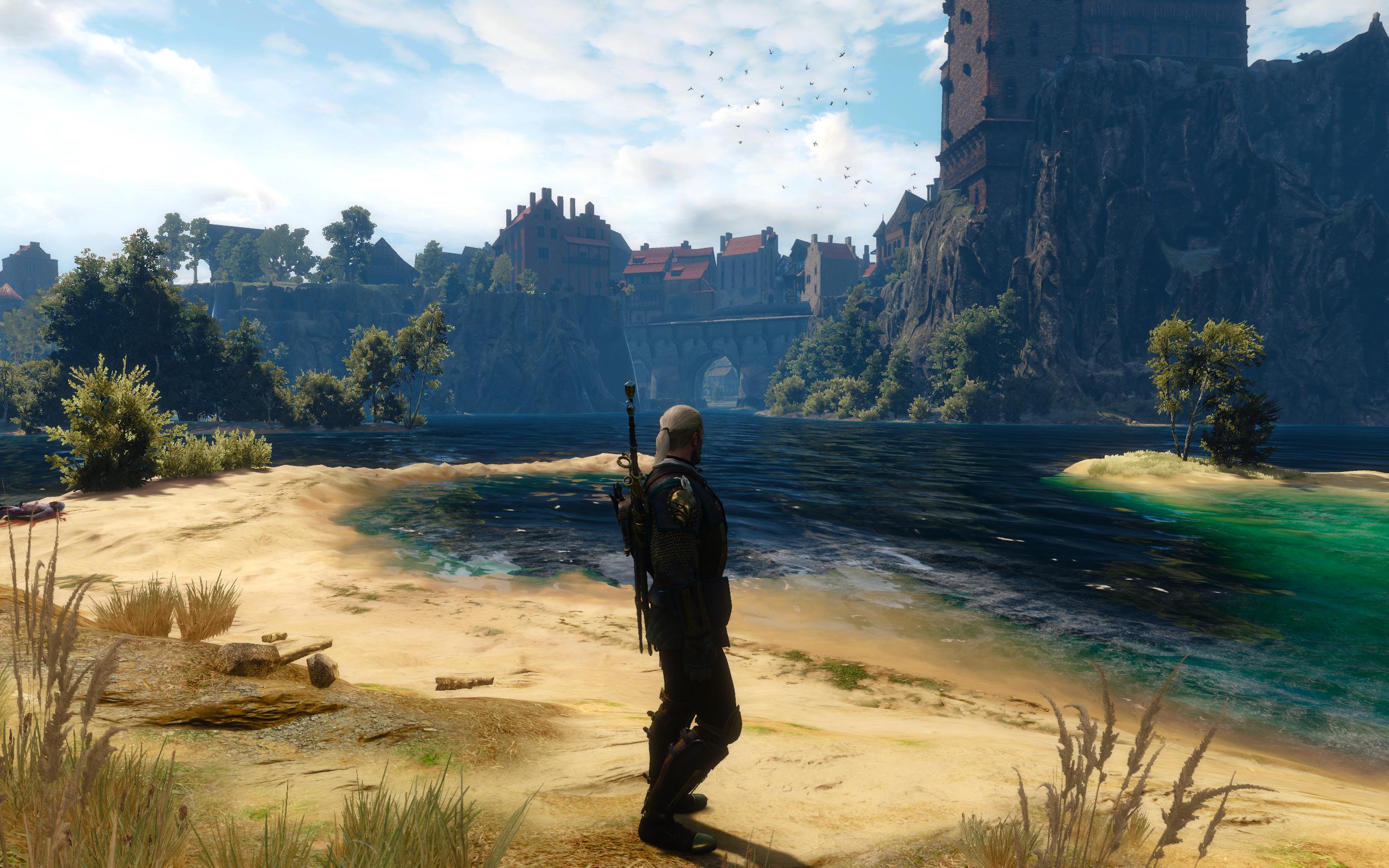
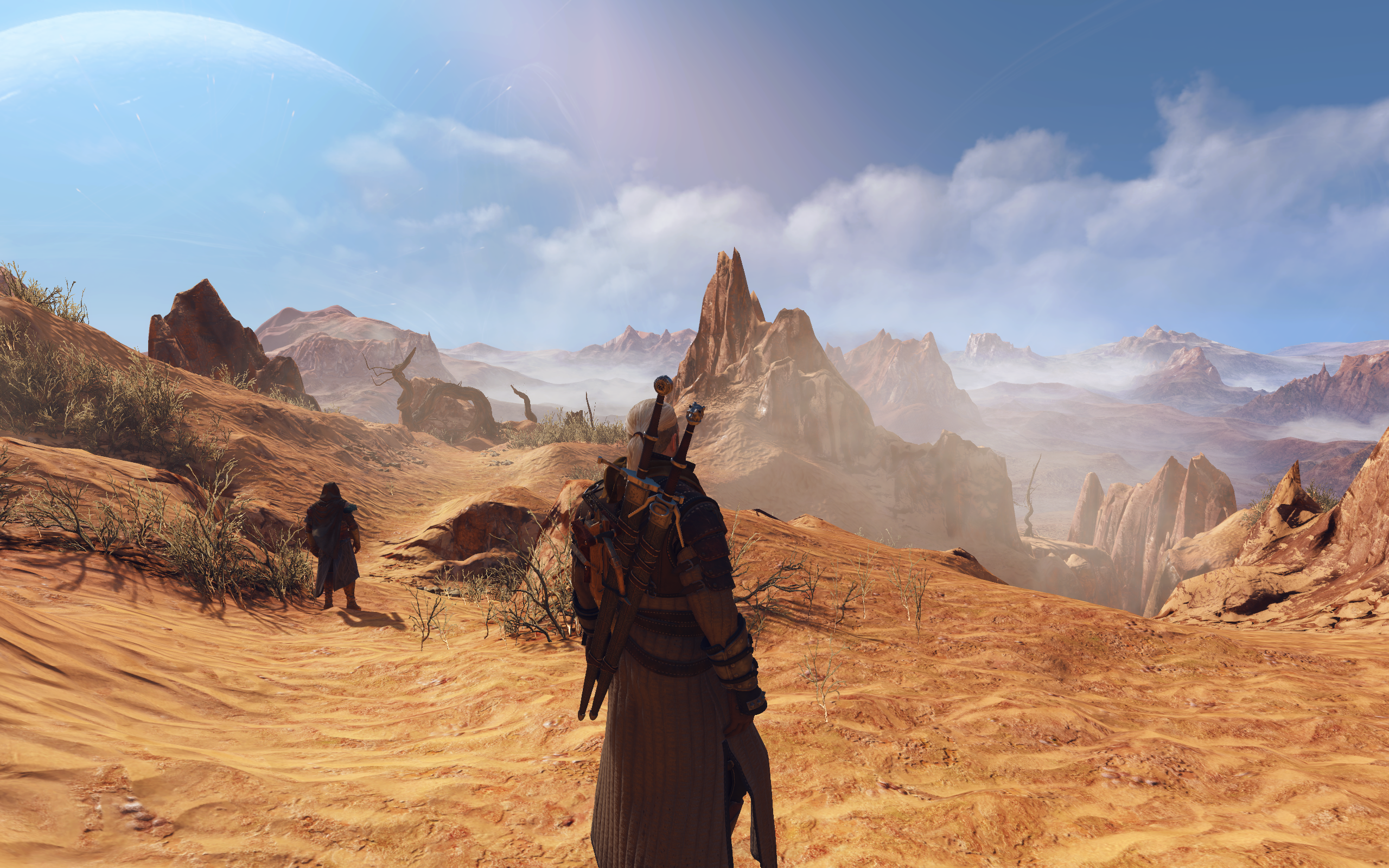

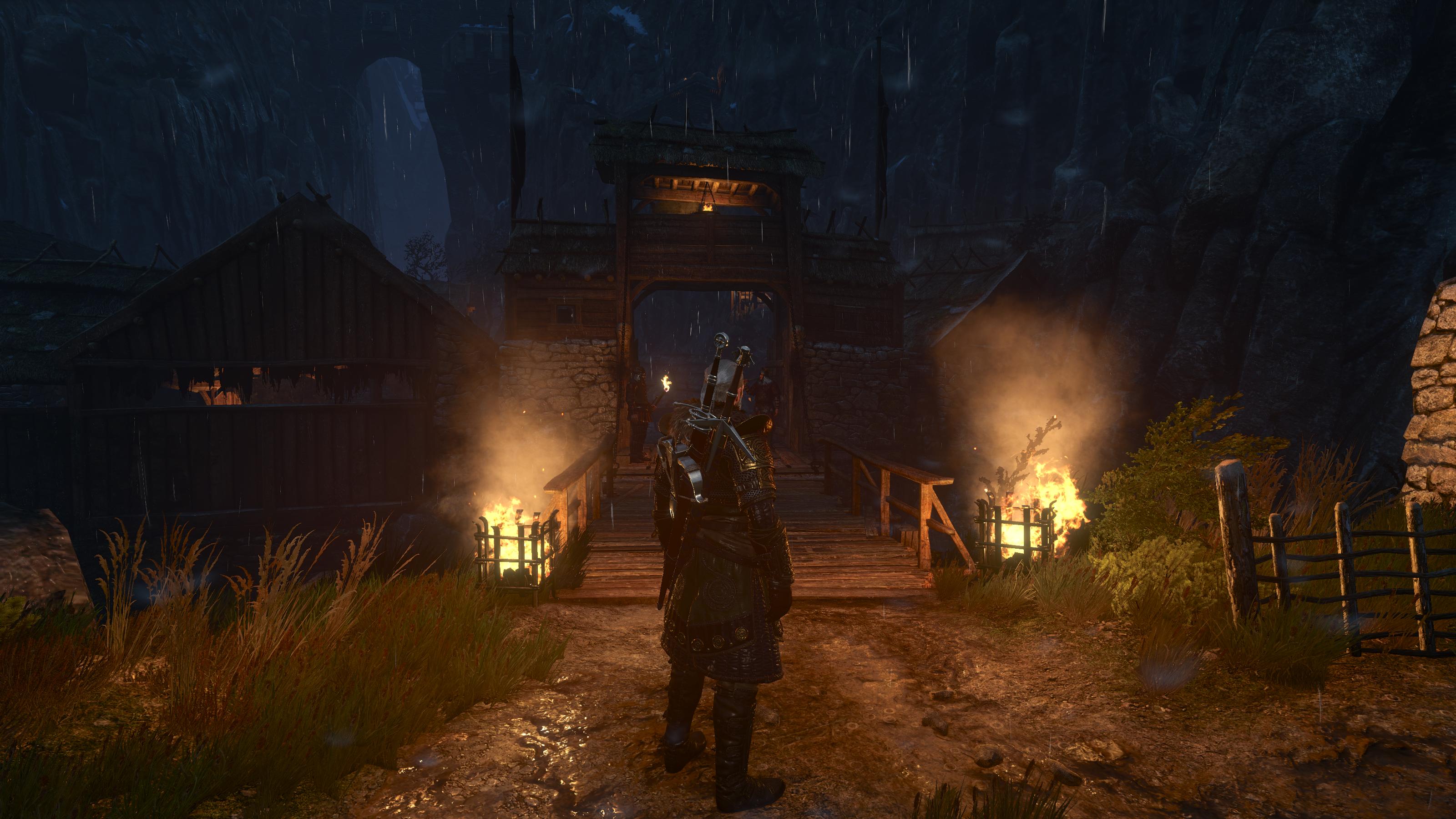


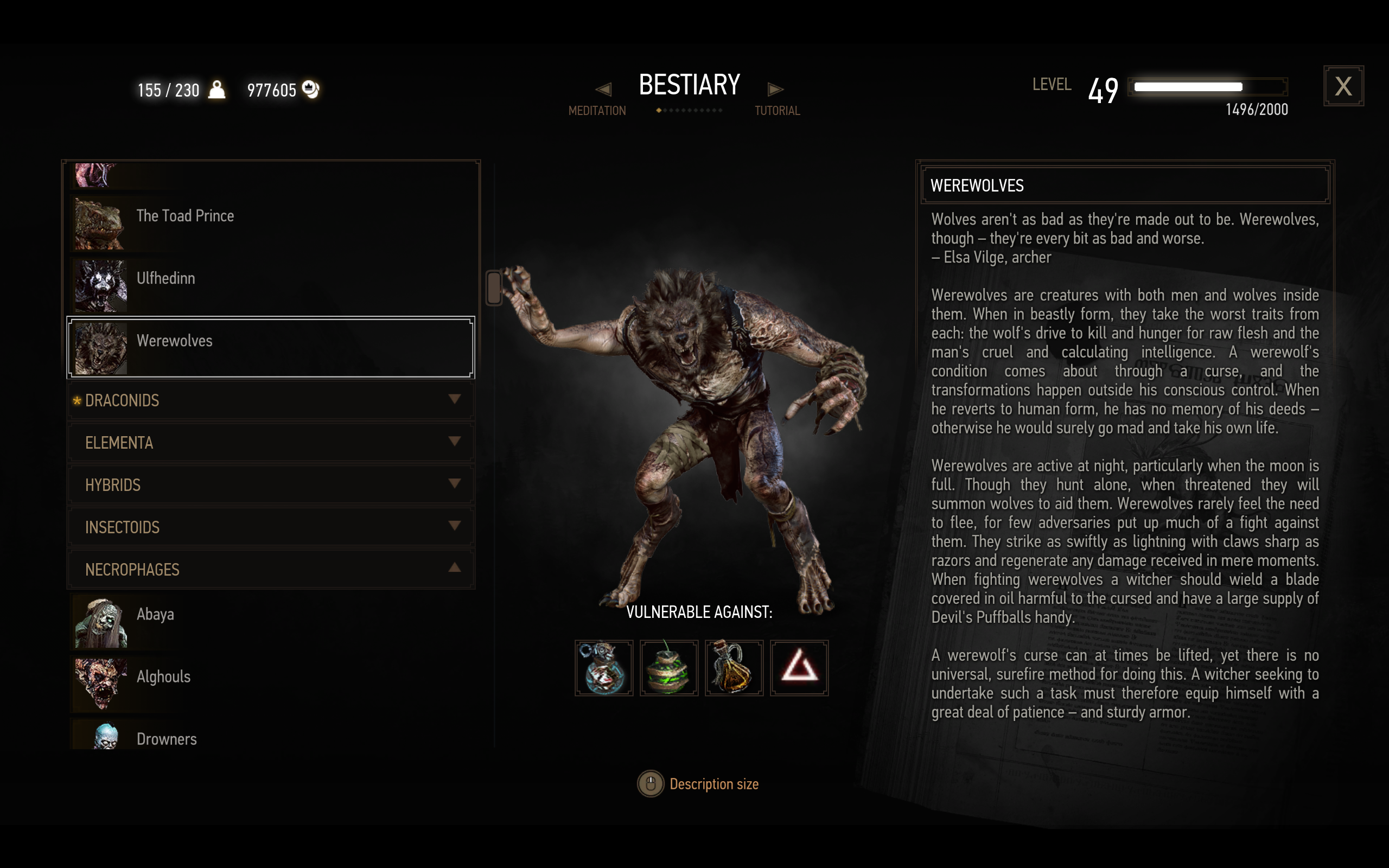
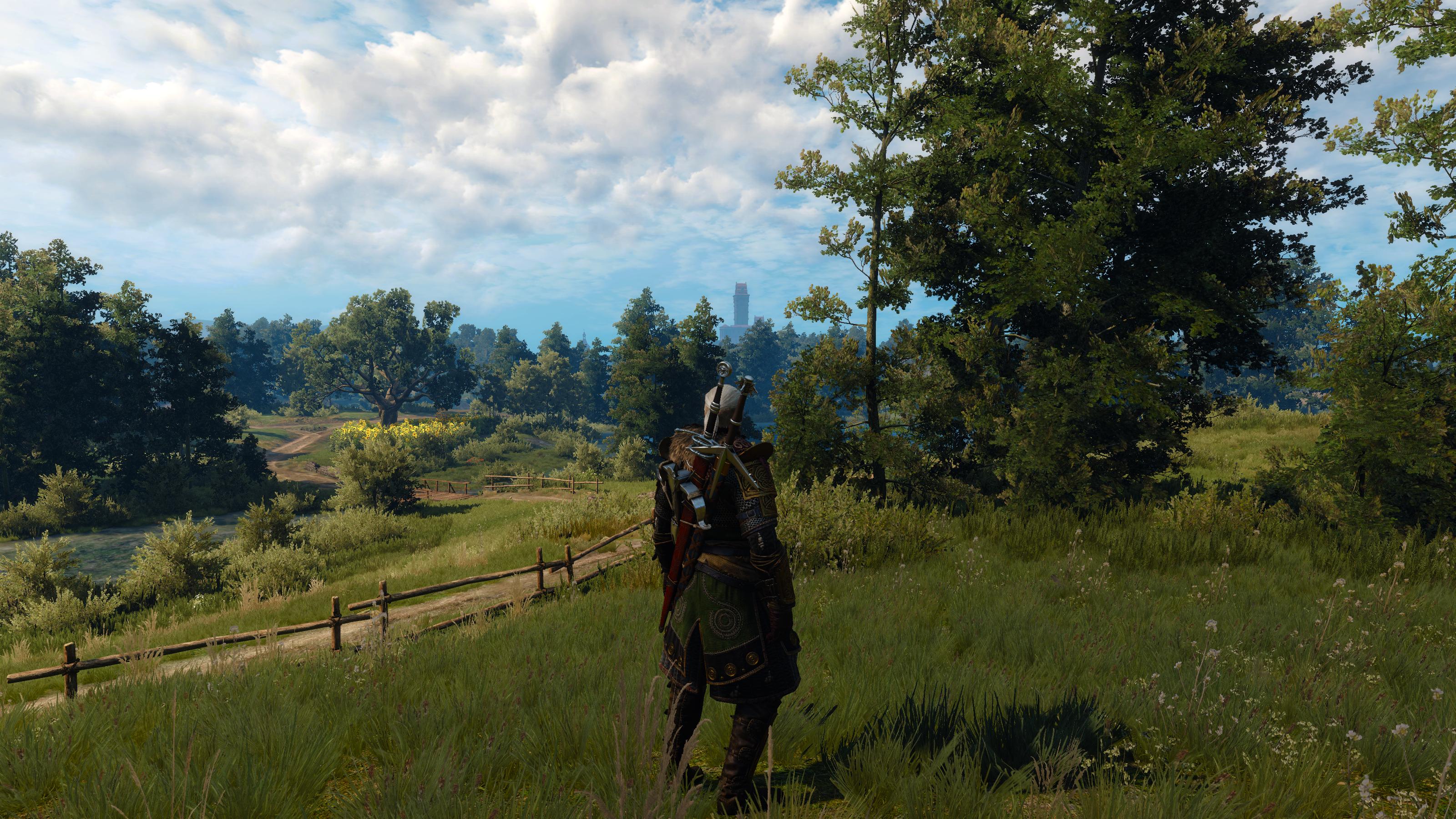

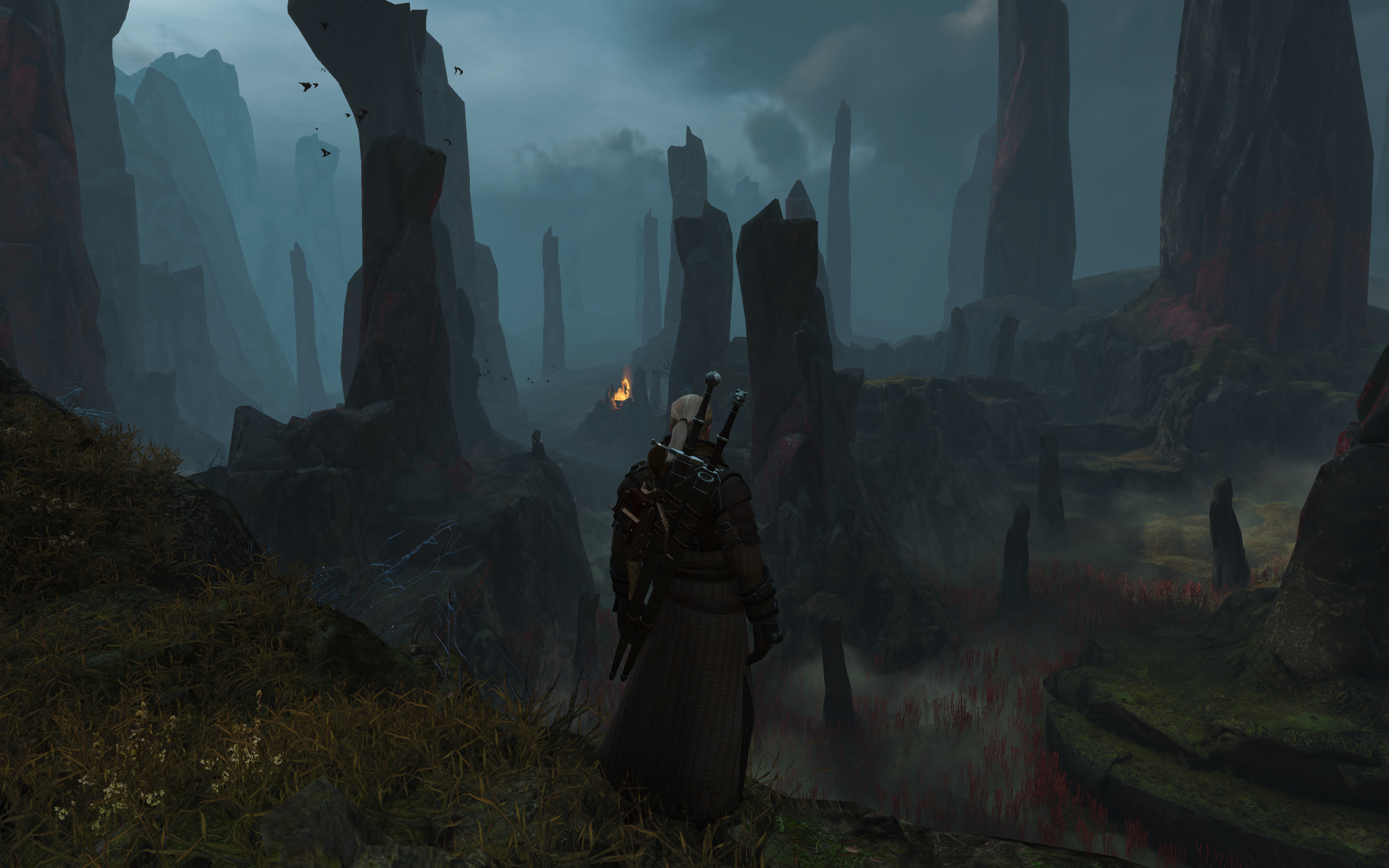
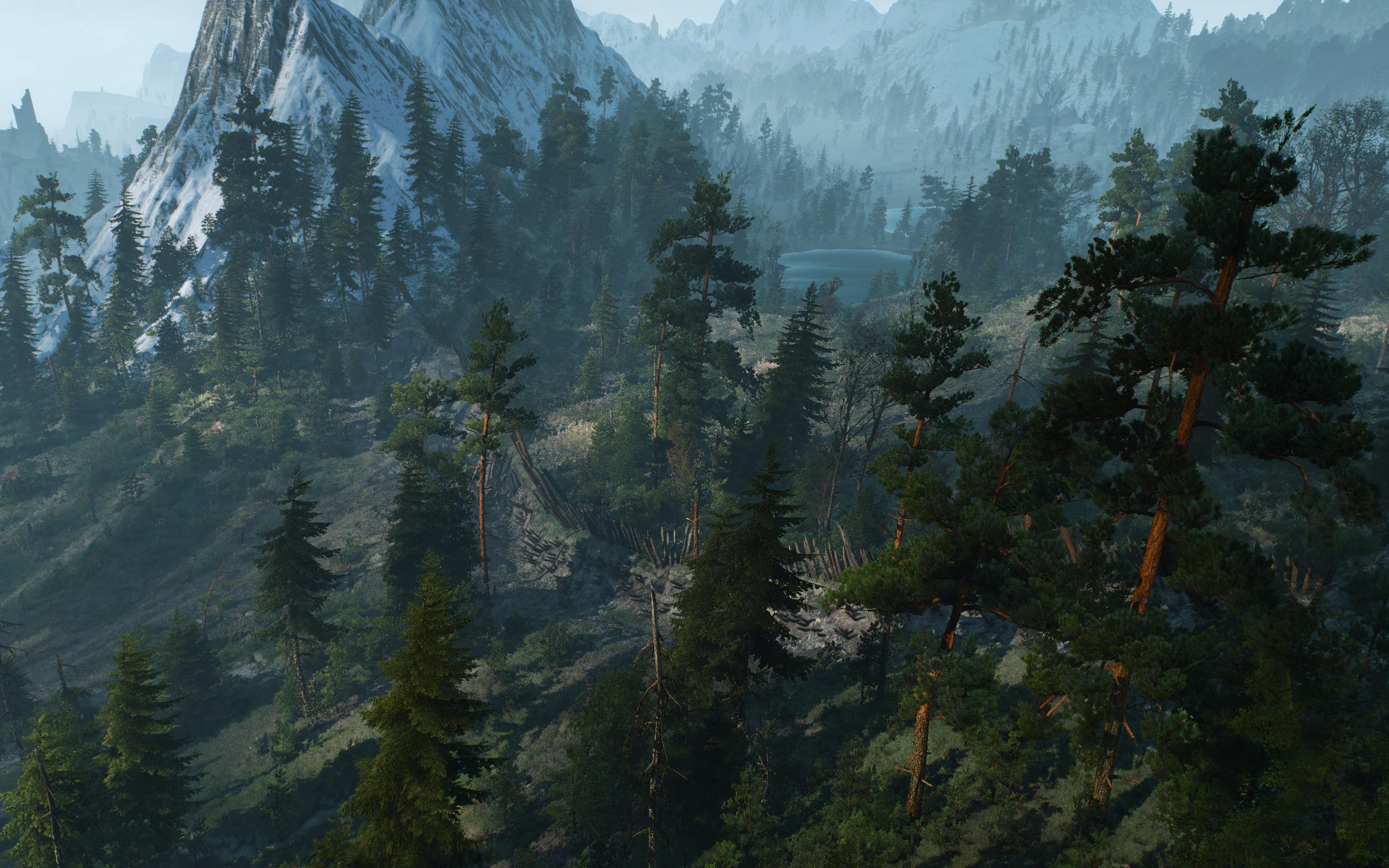


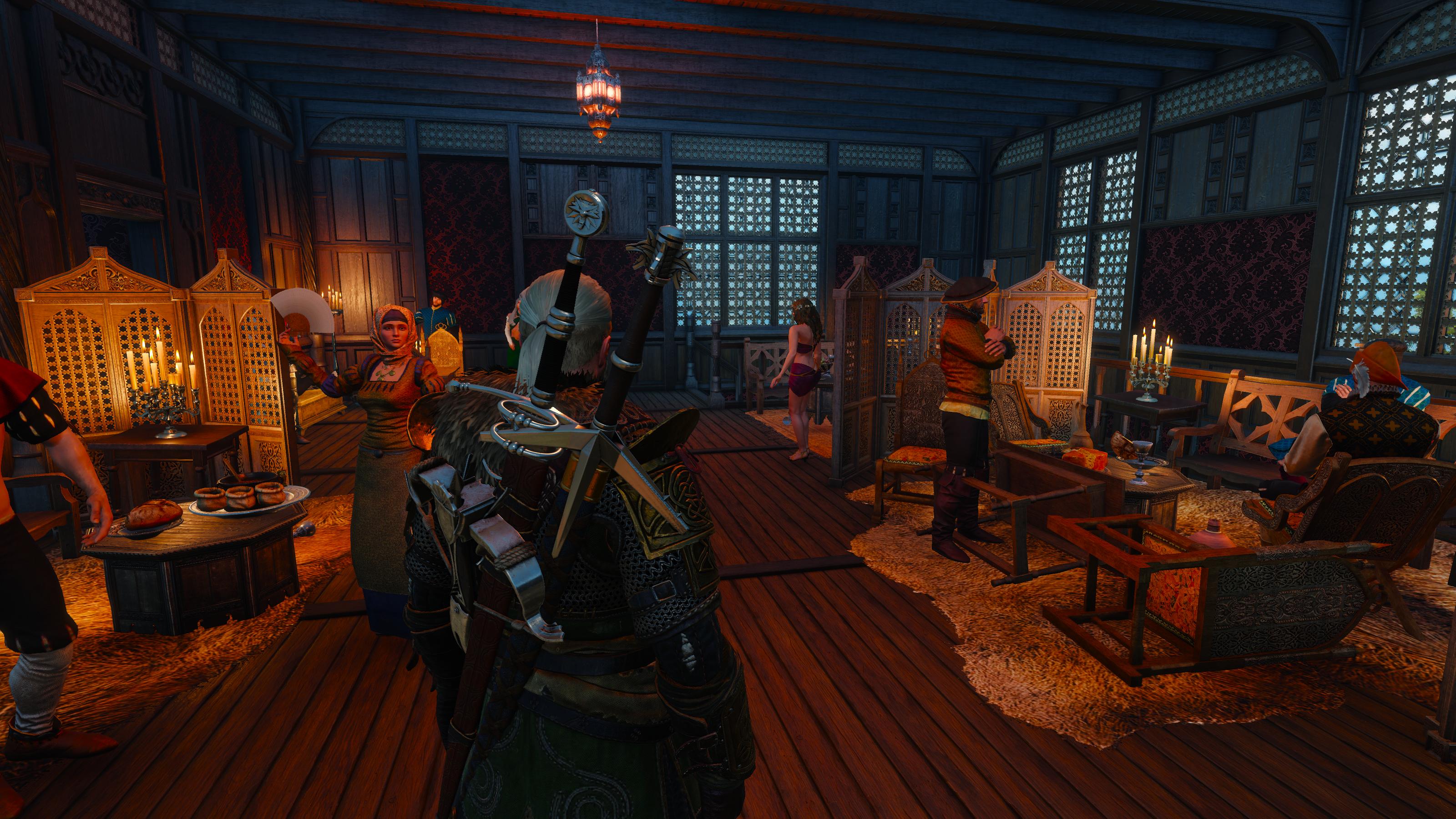
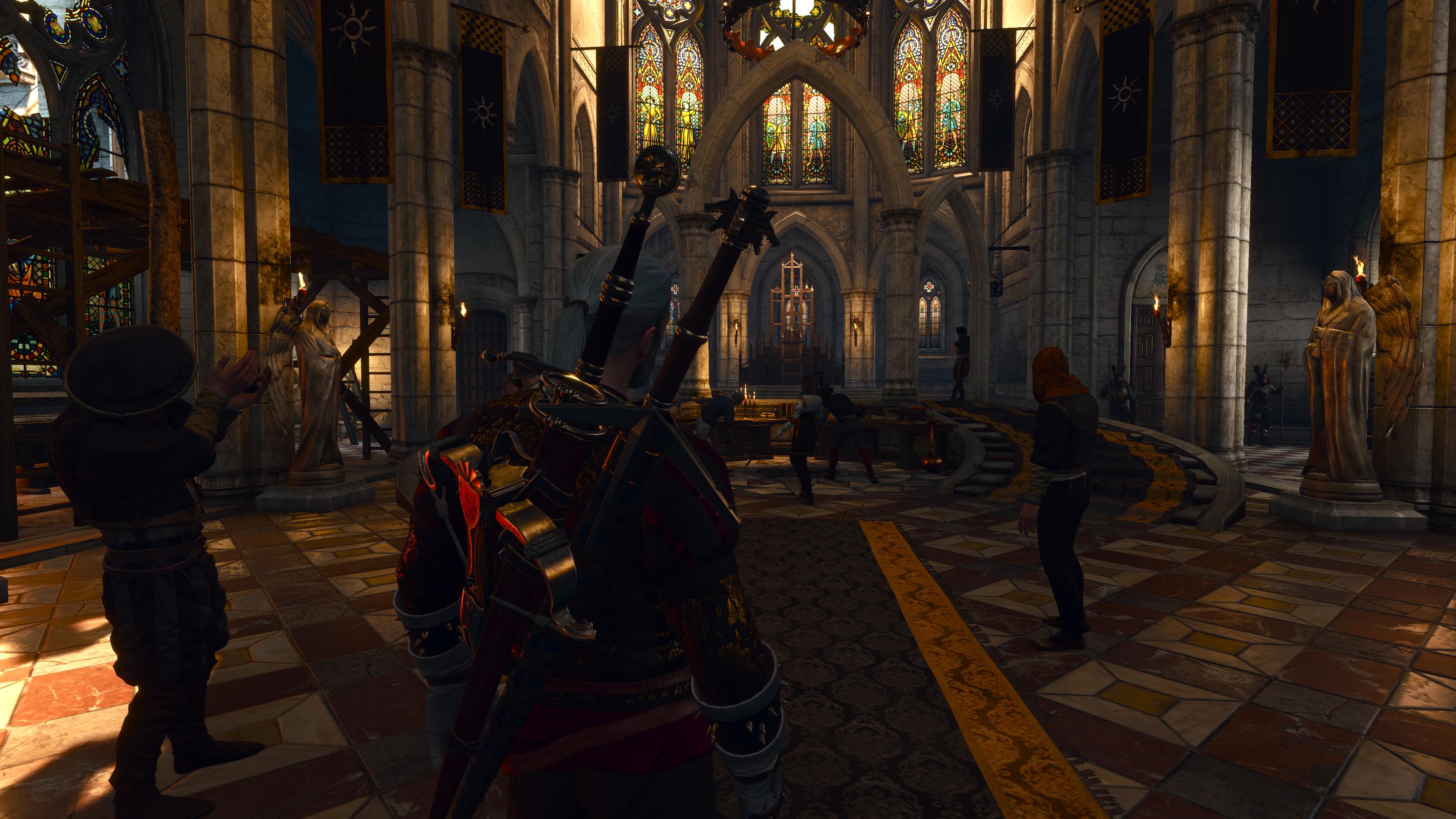


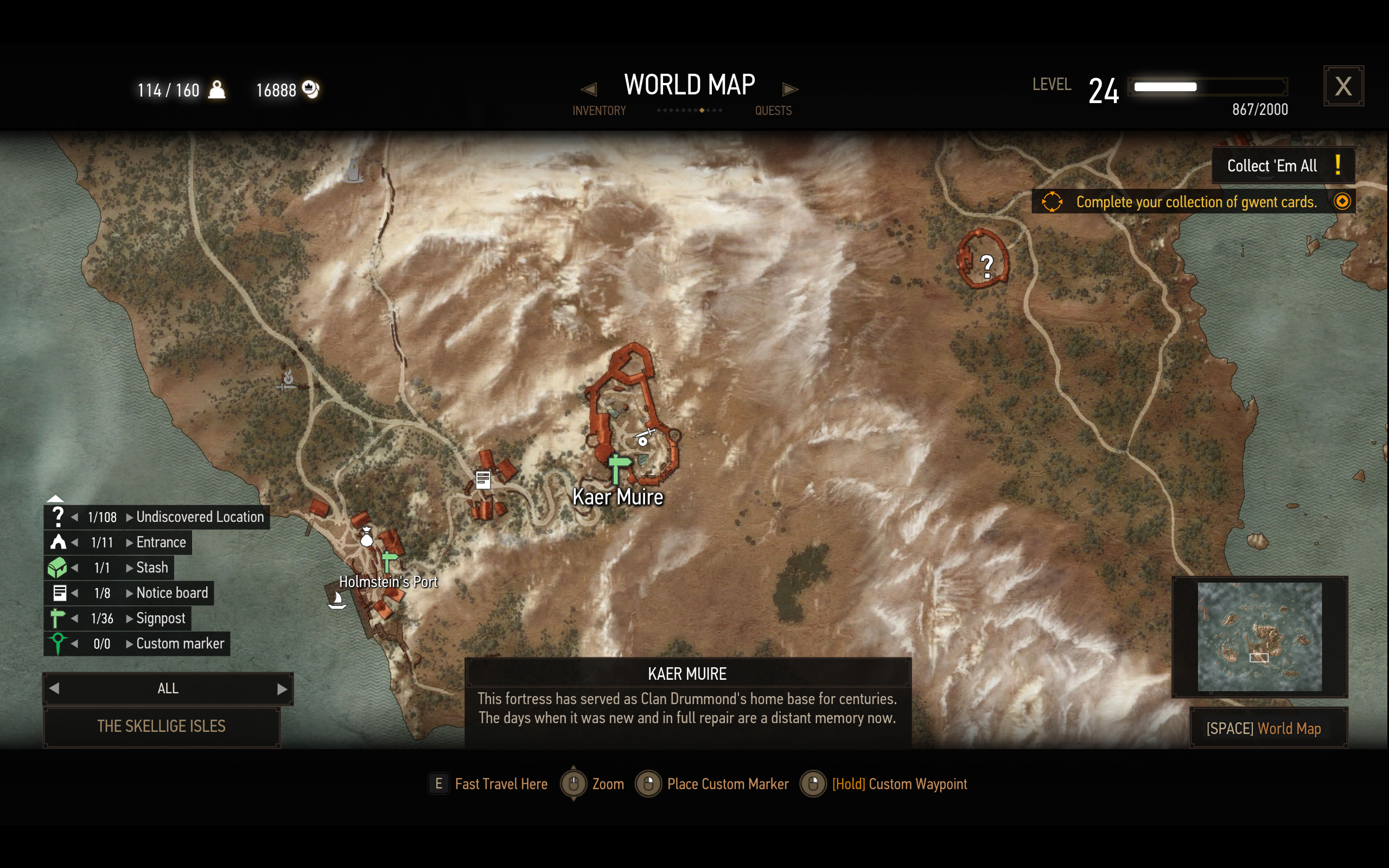




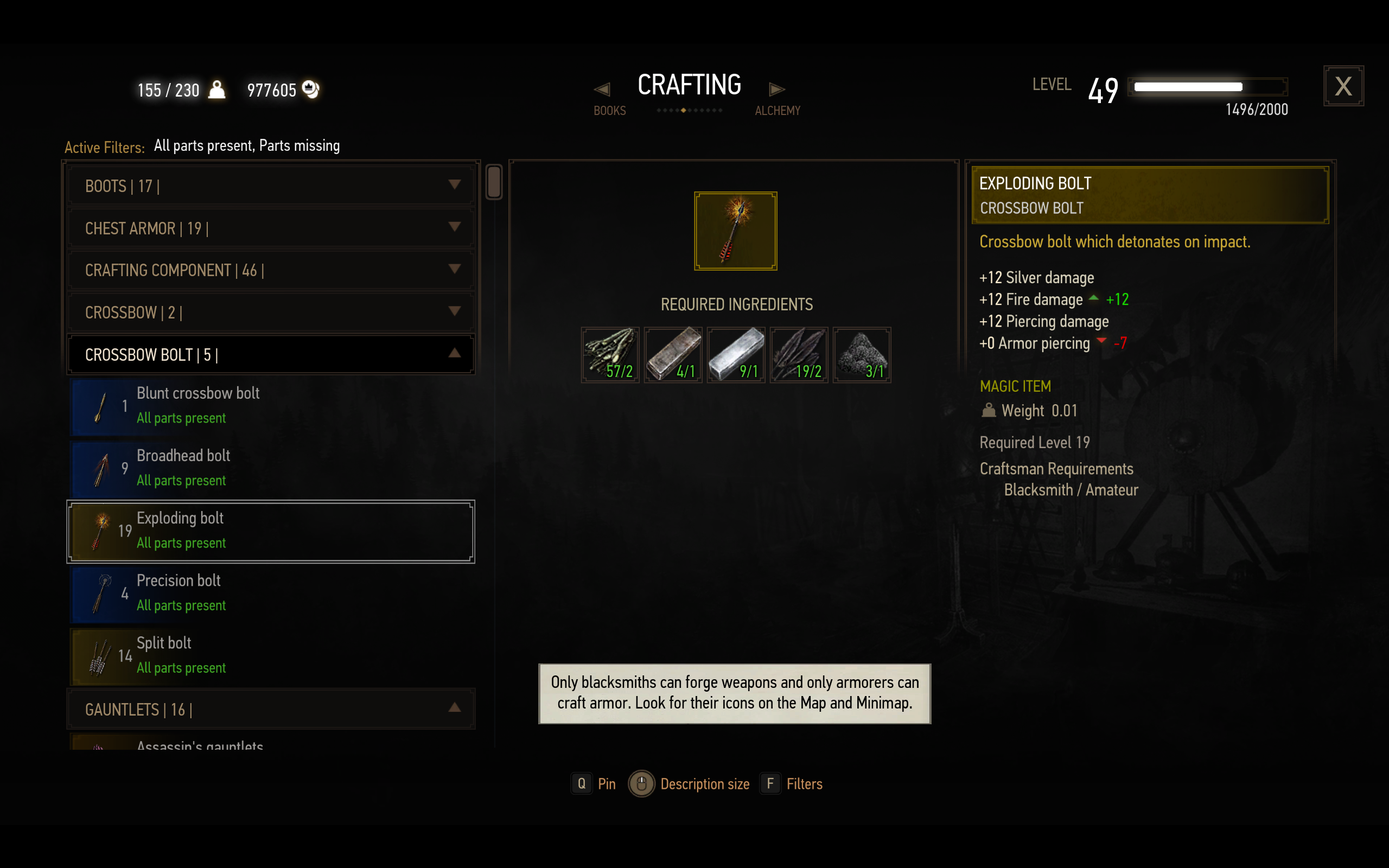
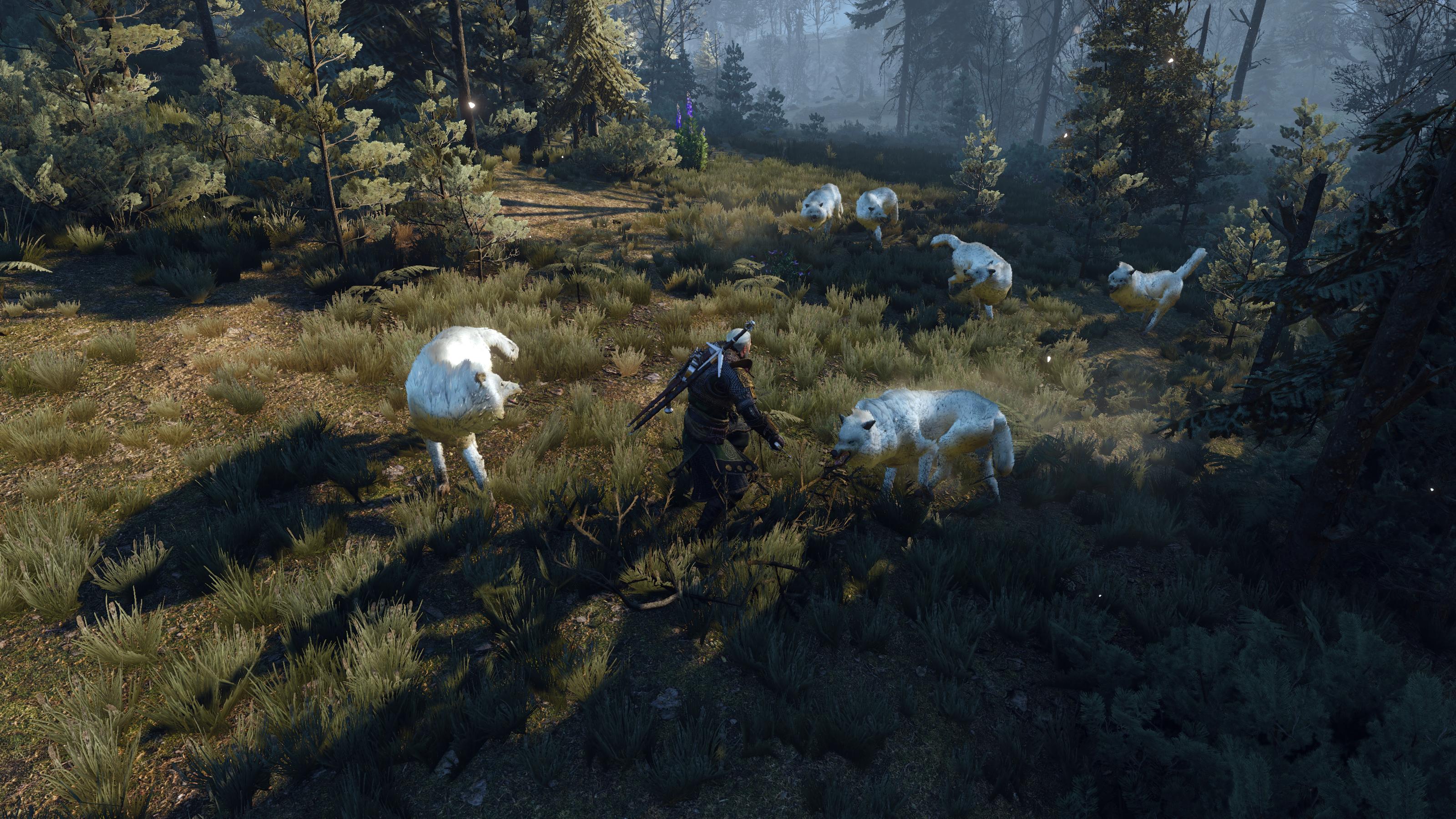
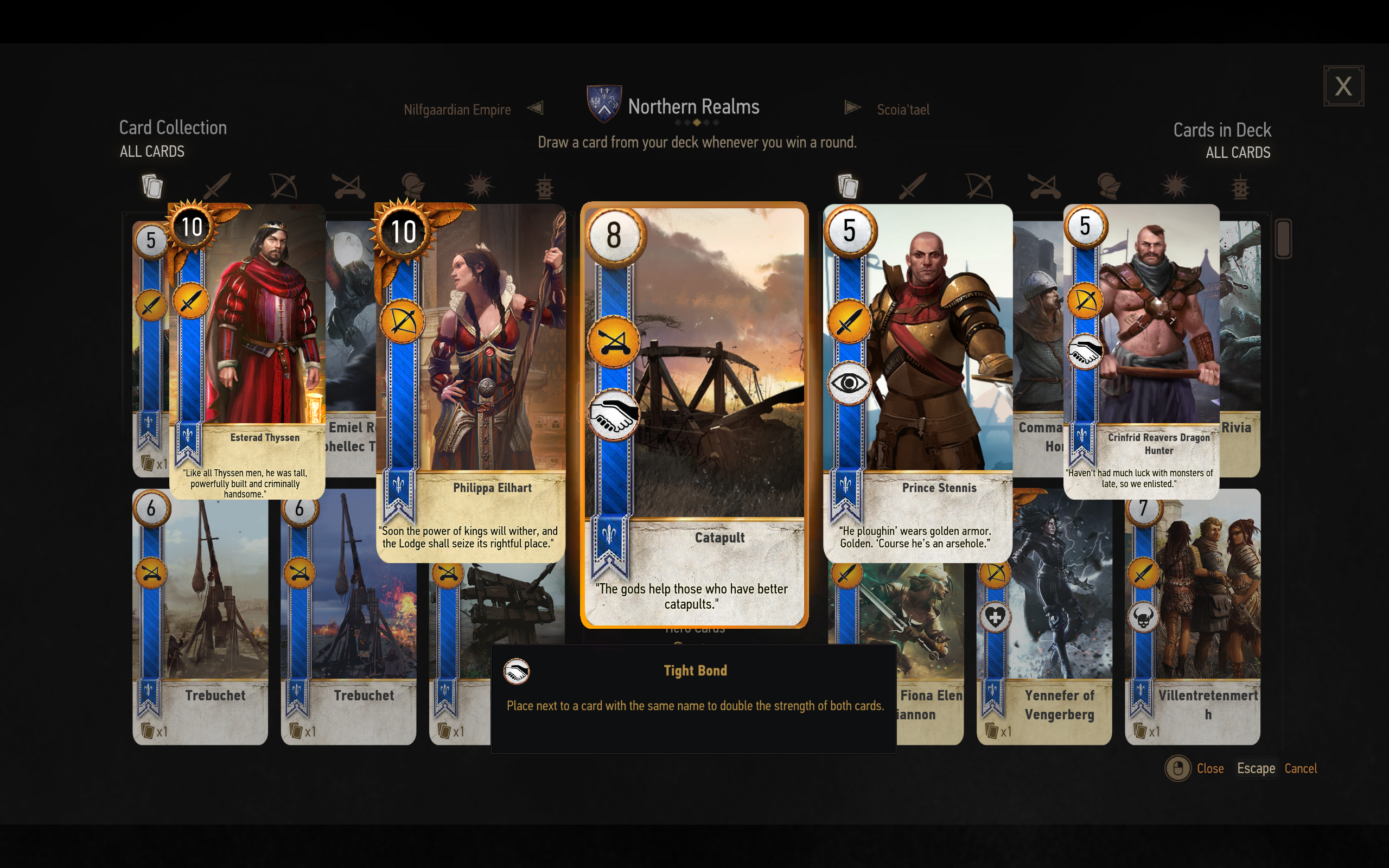
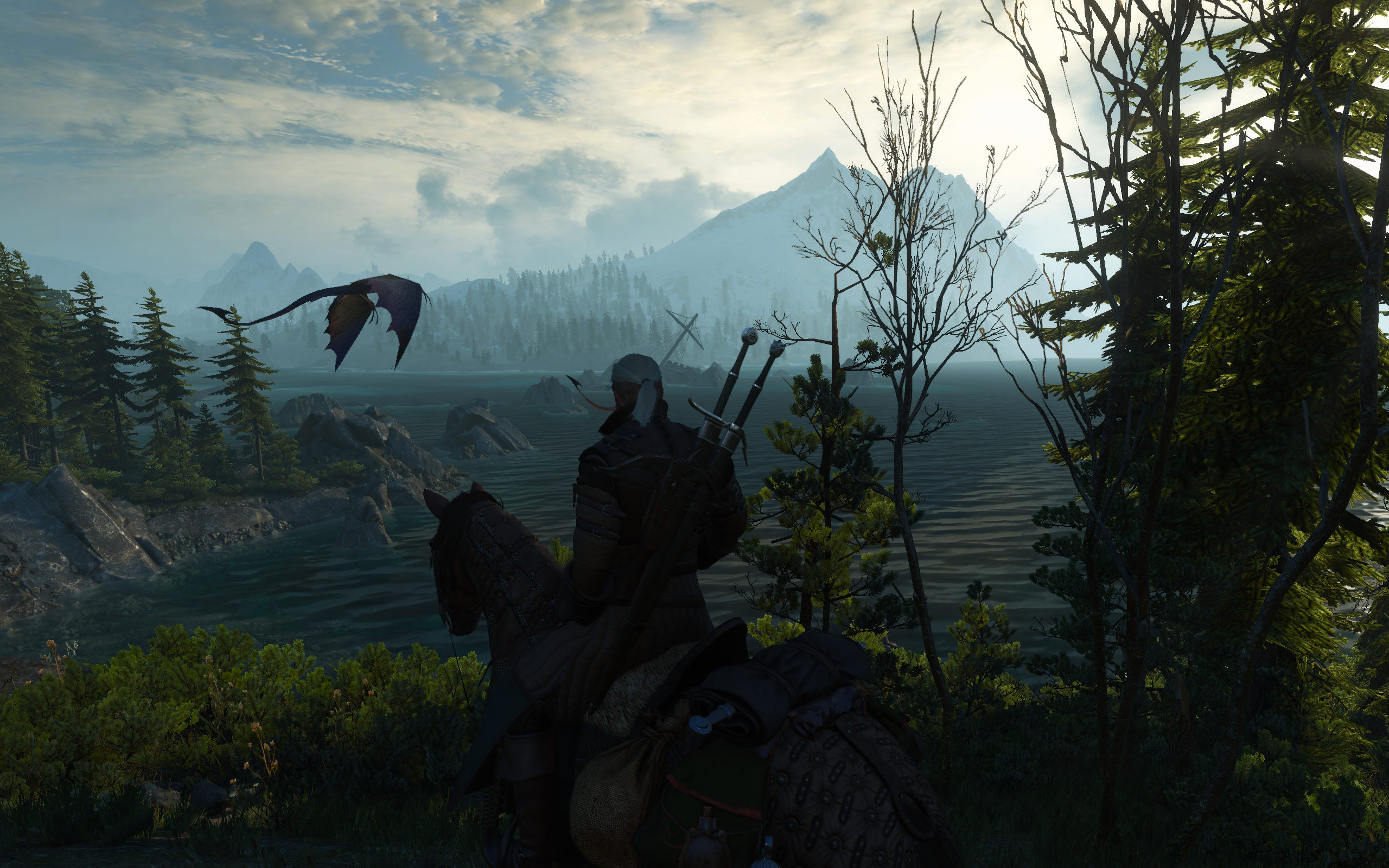


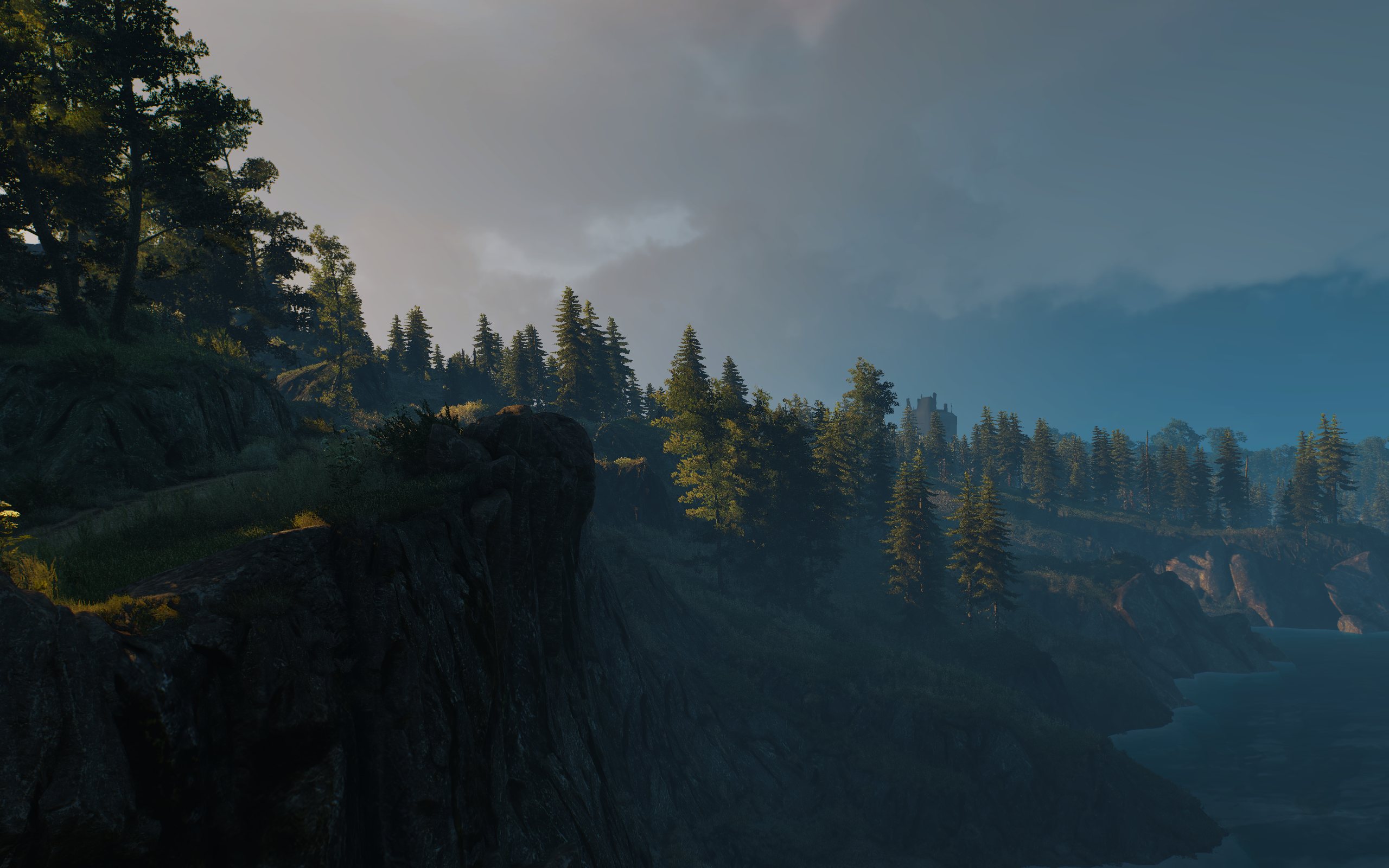
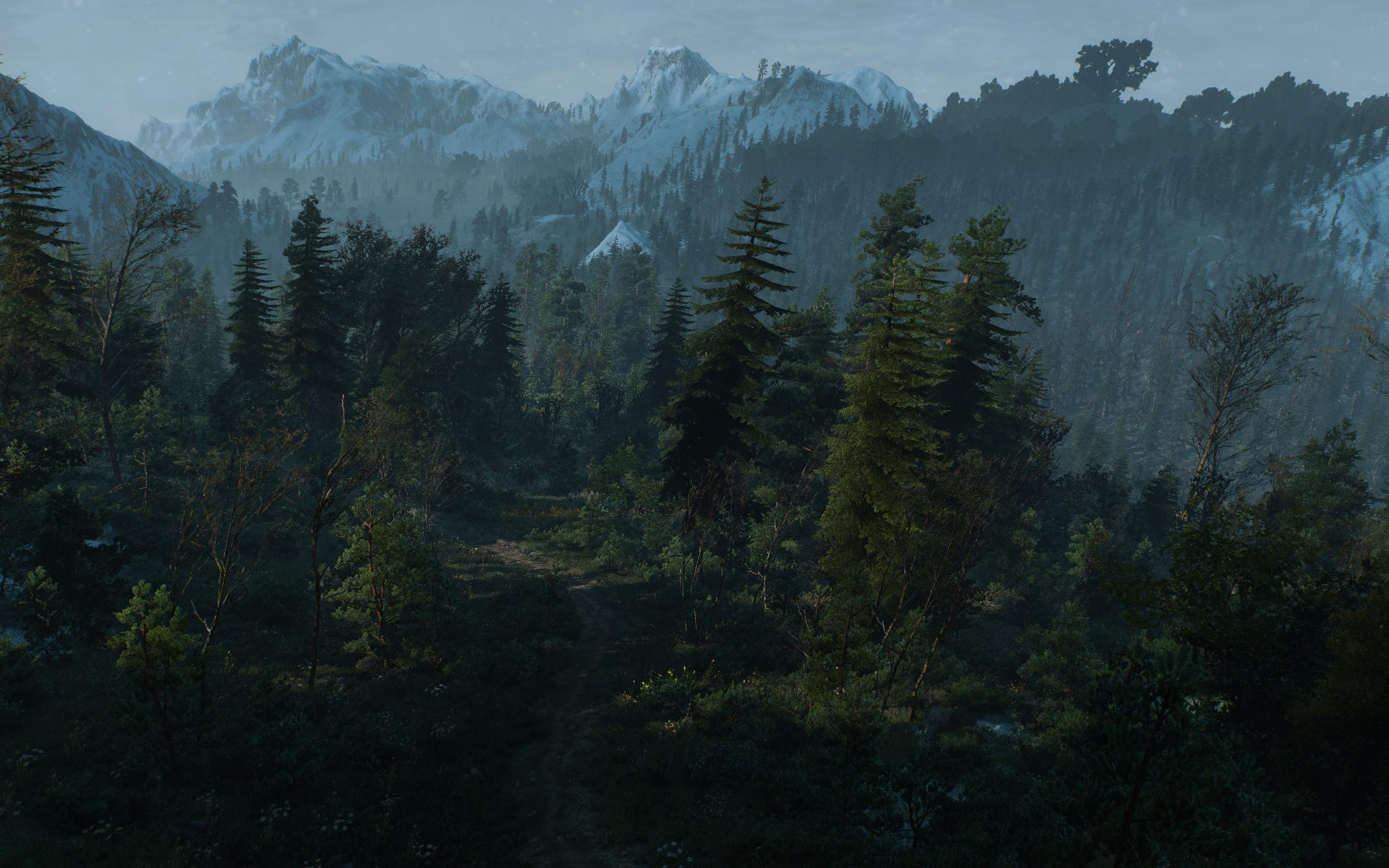



[…] this review, I played three games which were all very different from one another. Battlefield 1, The Witcher 3, and Rocket […]
[…] this review, I played three games which were all very different from one another. Battlefield 1, The Witcher 3, and […]
Bordobet giriş işlemlerini kolayca yapabilmek için sitemizi takip edebilirsiniz.
Thank you for the valuable information in this post. It has provided me with new insights and has been instrumental in helping me solve a problem. I appreciate your efforts!
This article is very helpful and informative in understanding the topic.
http://bordobet.com/ bordobet giriş güncel adresi Türkiyeden bordobet üyelik girişi ve mobil bordobet